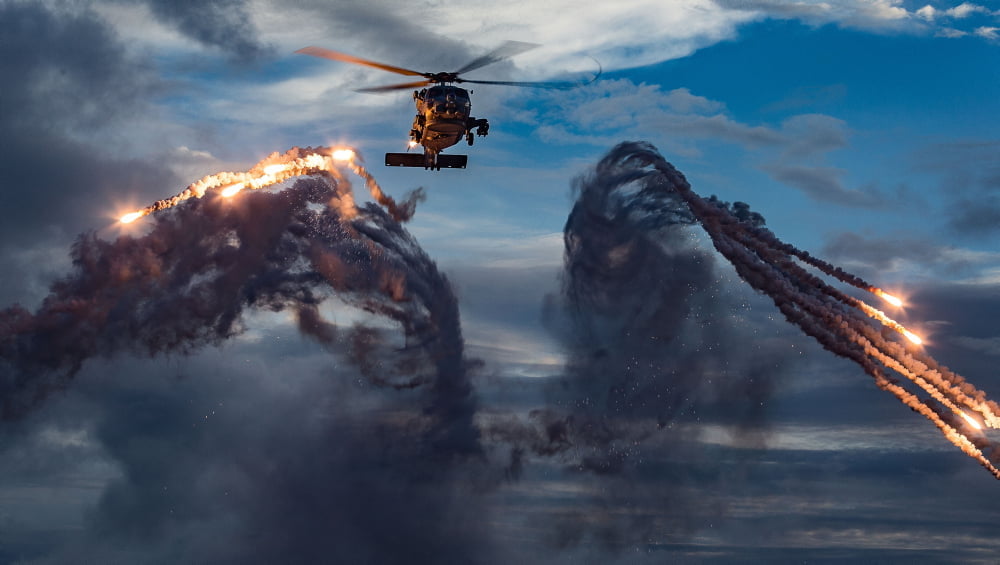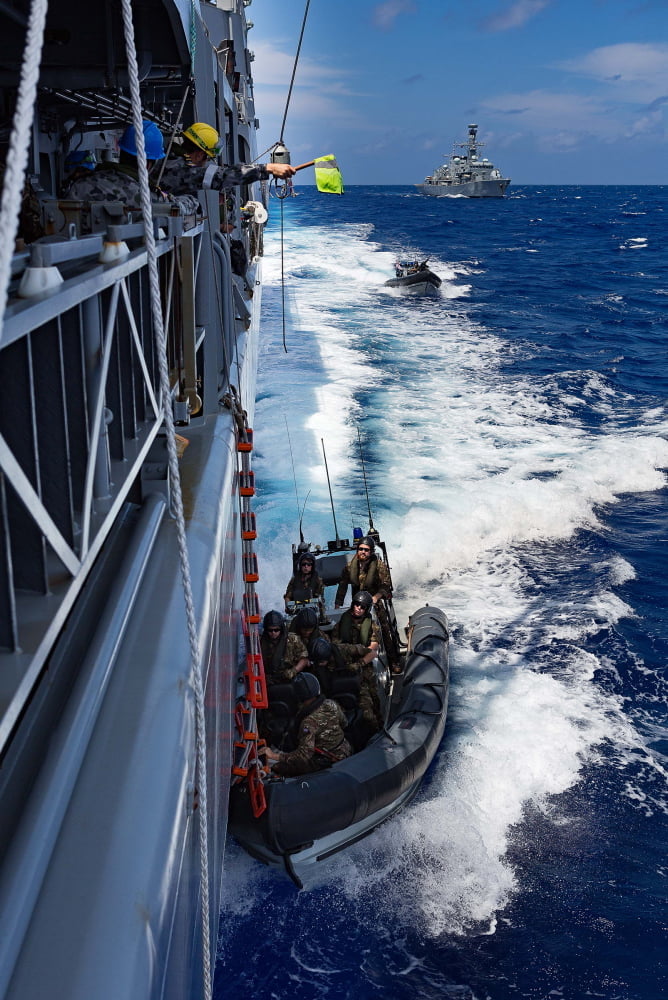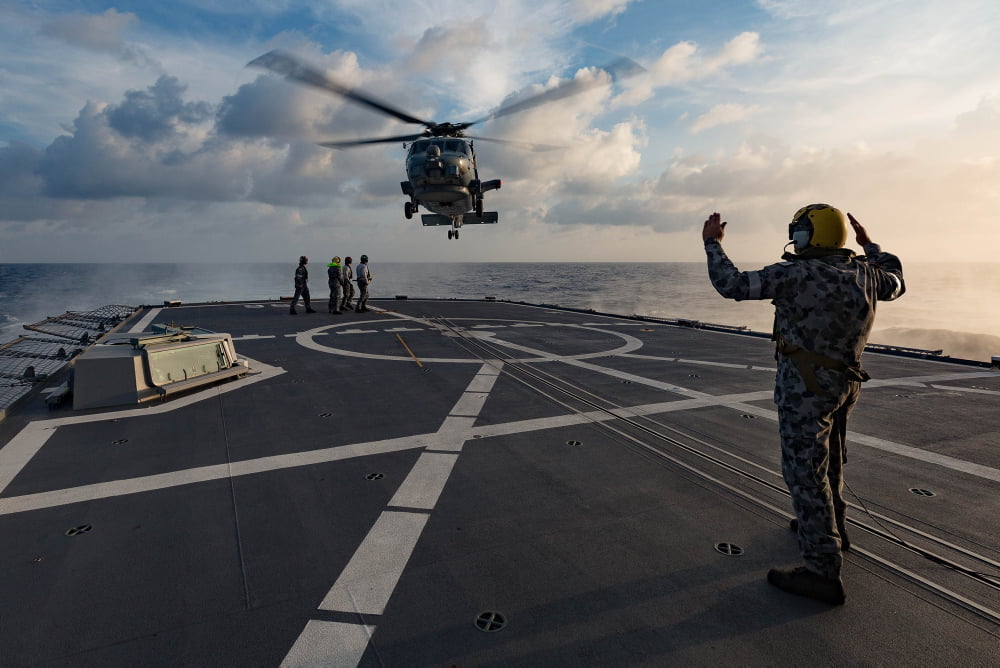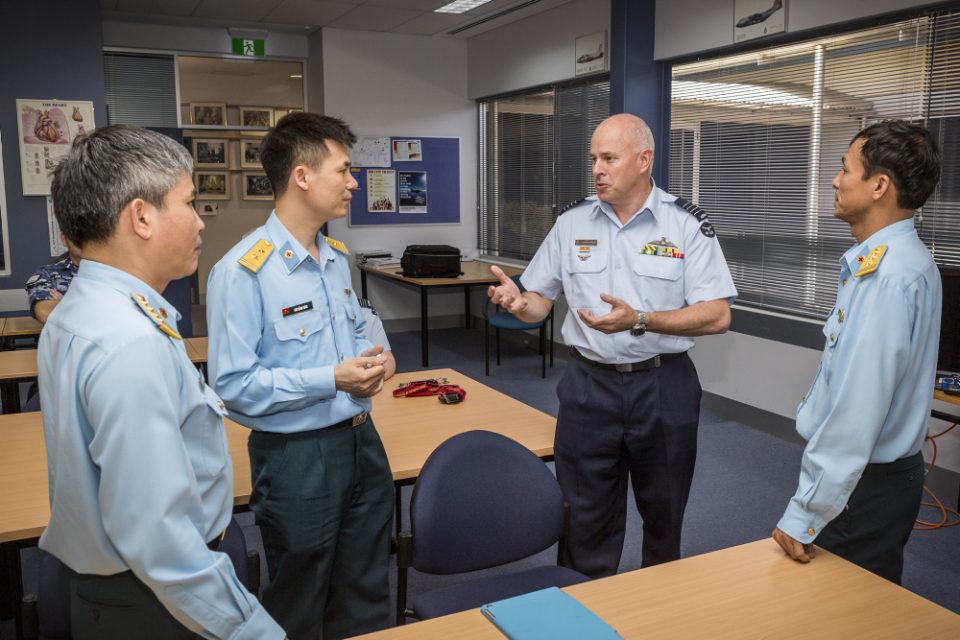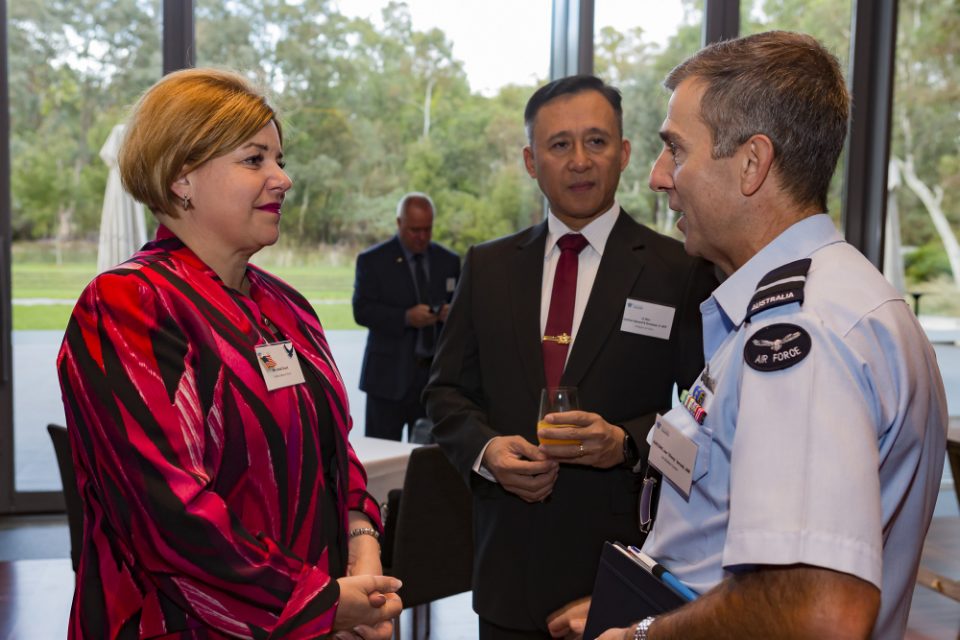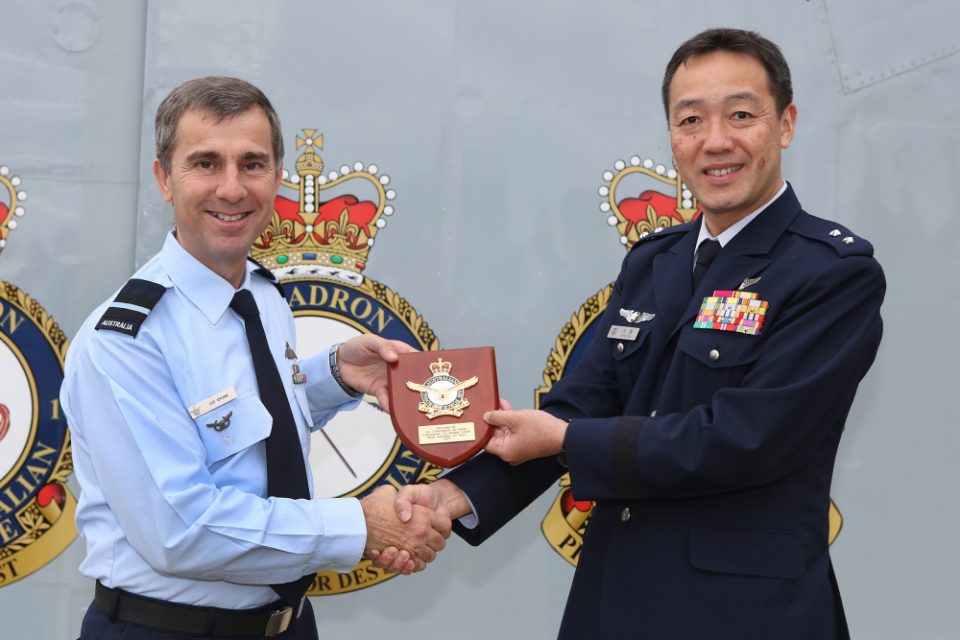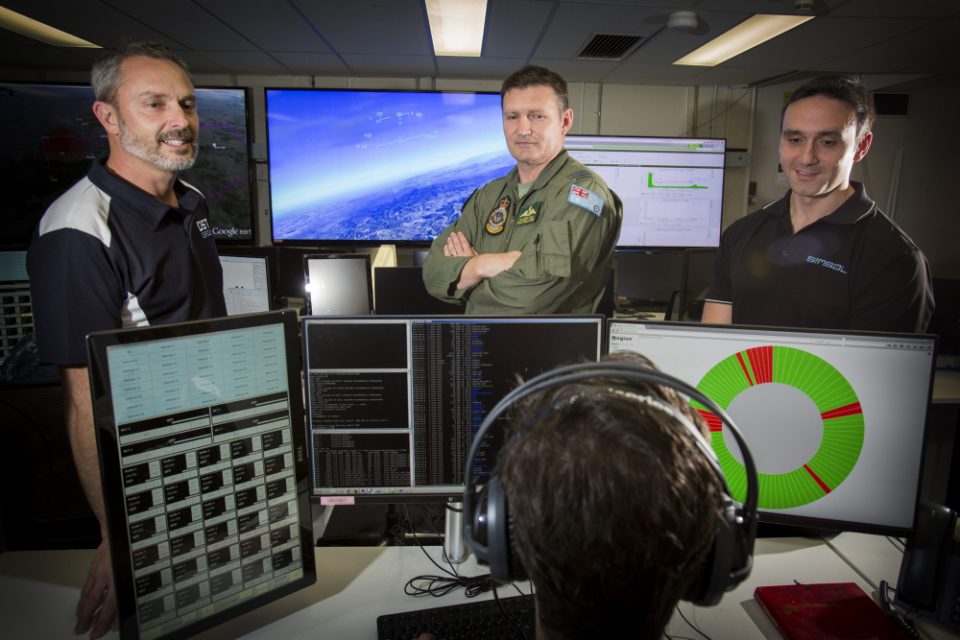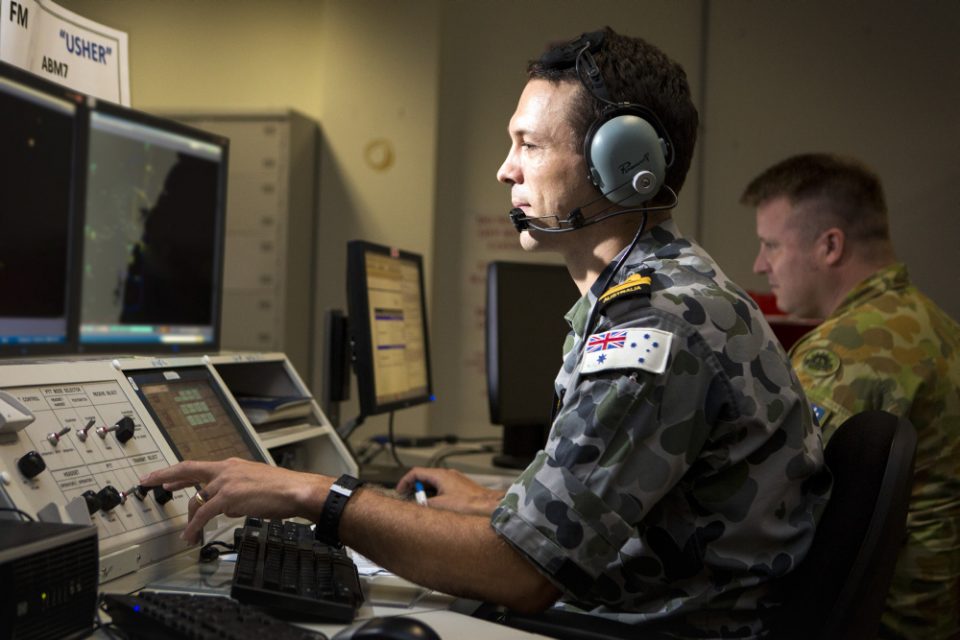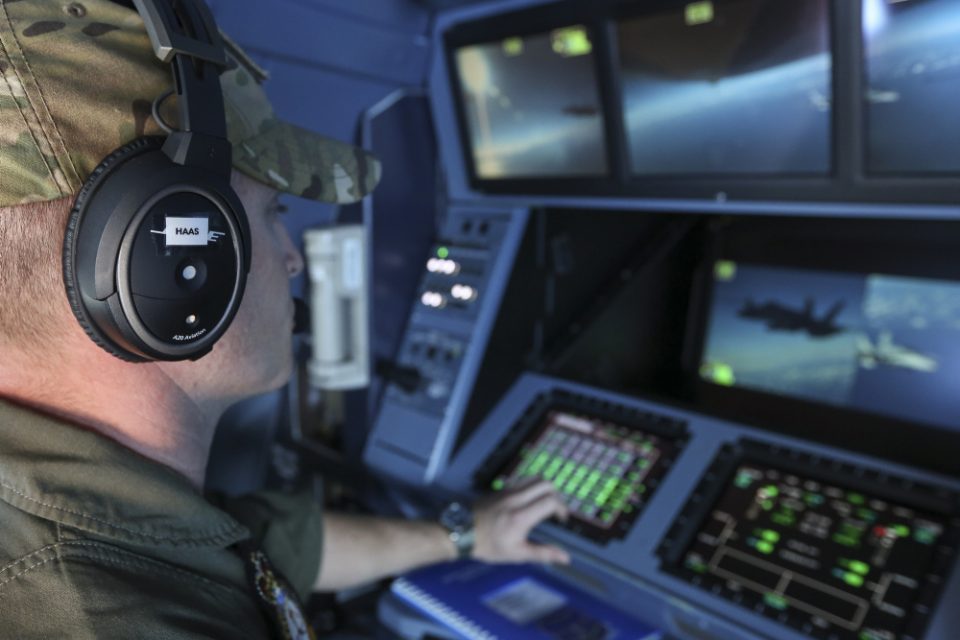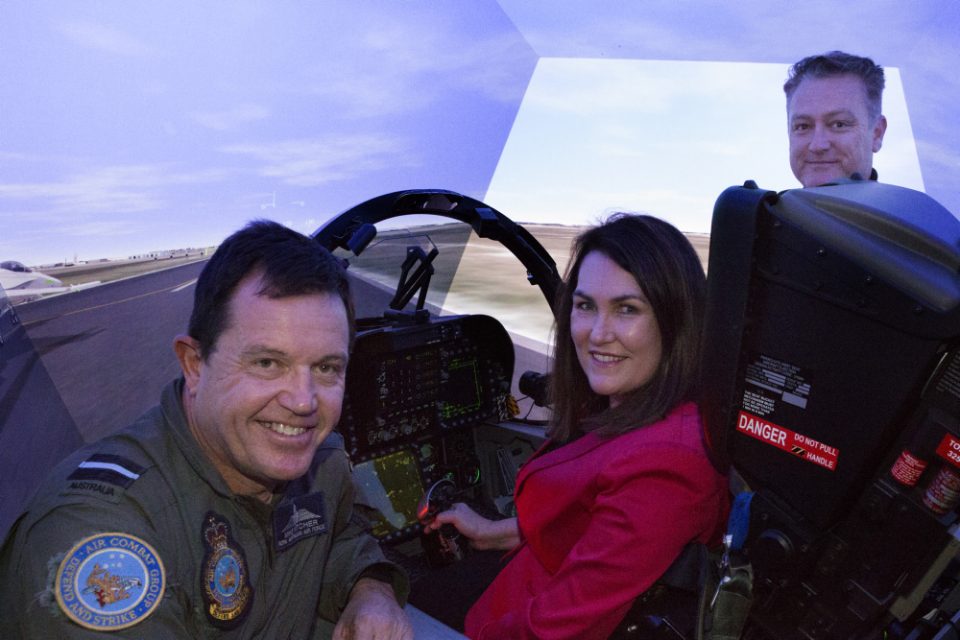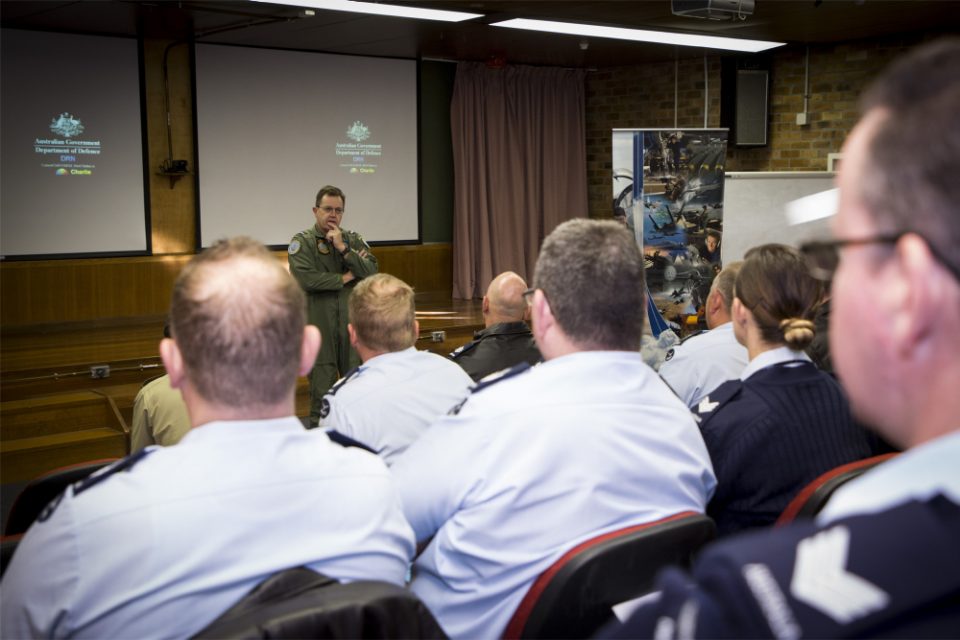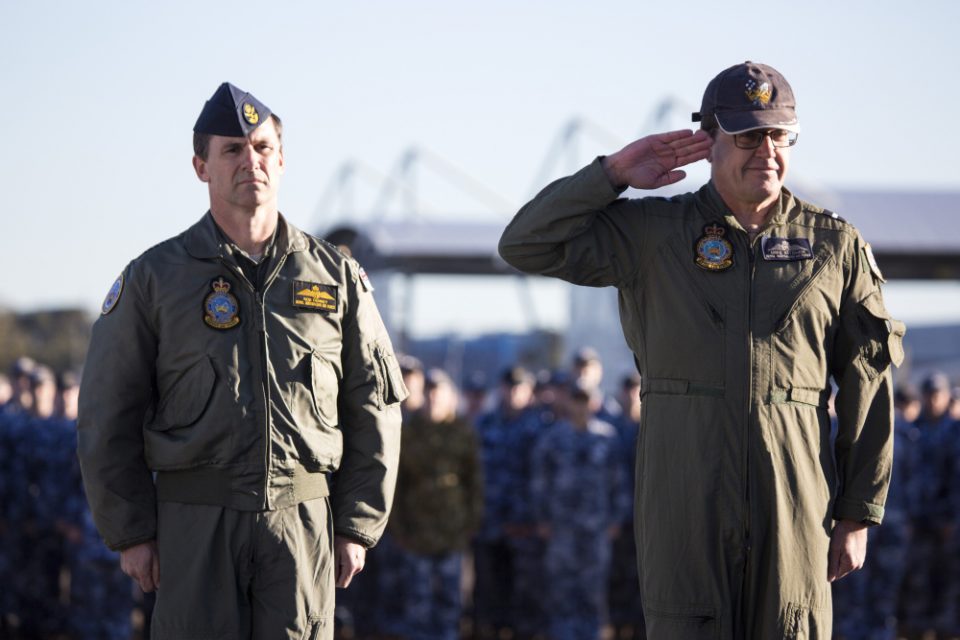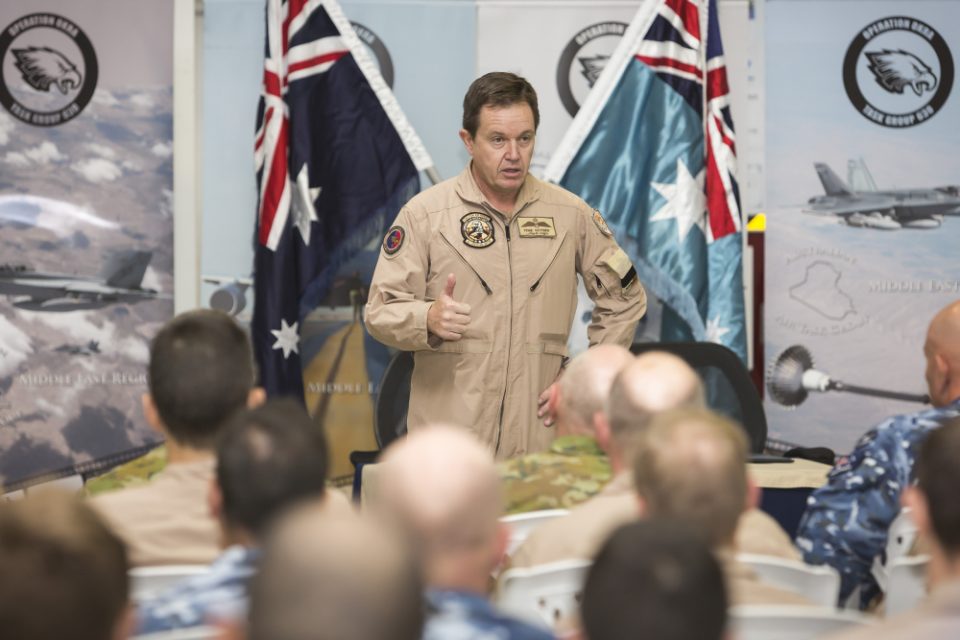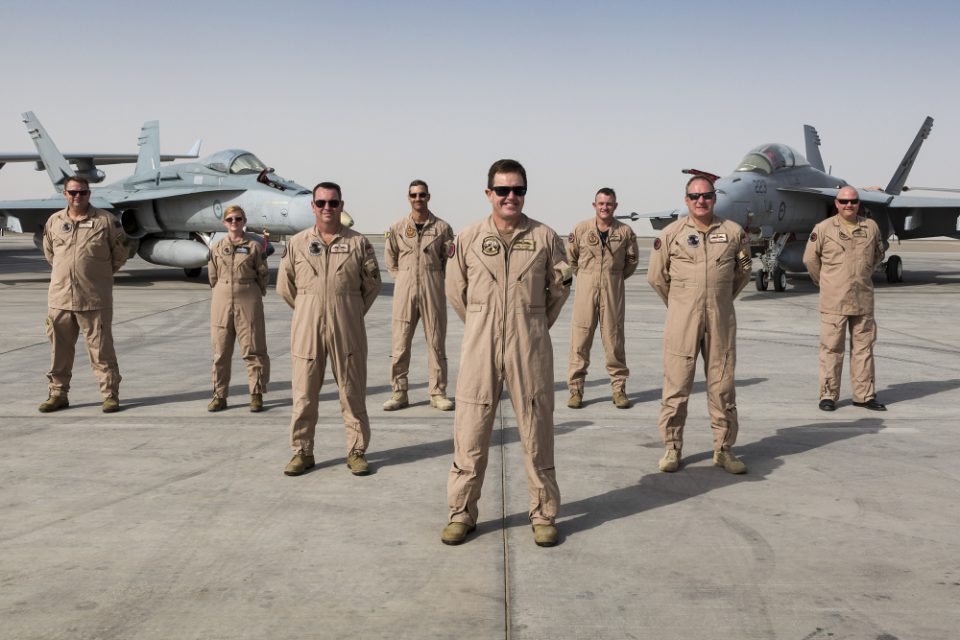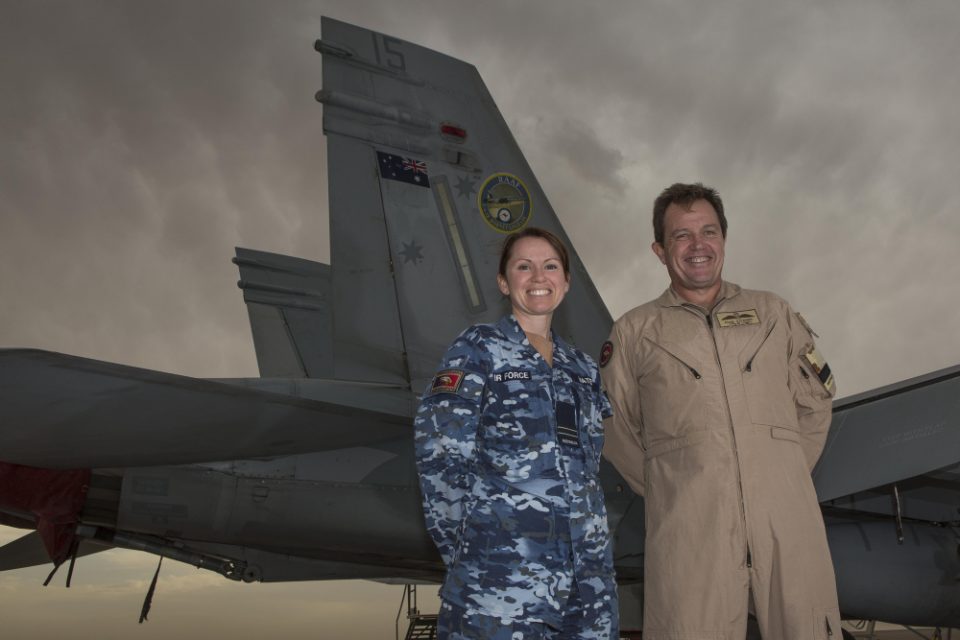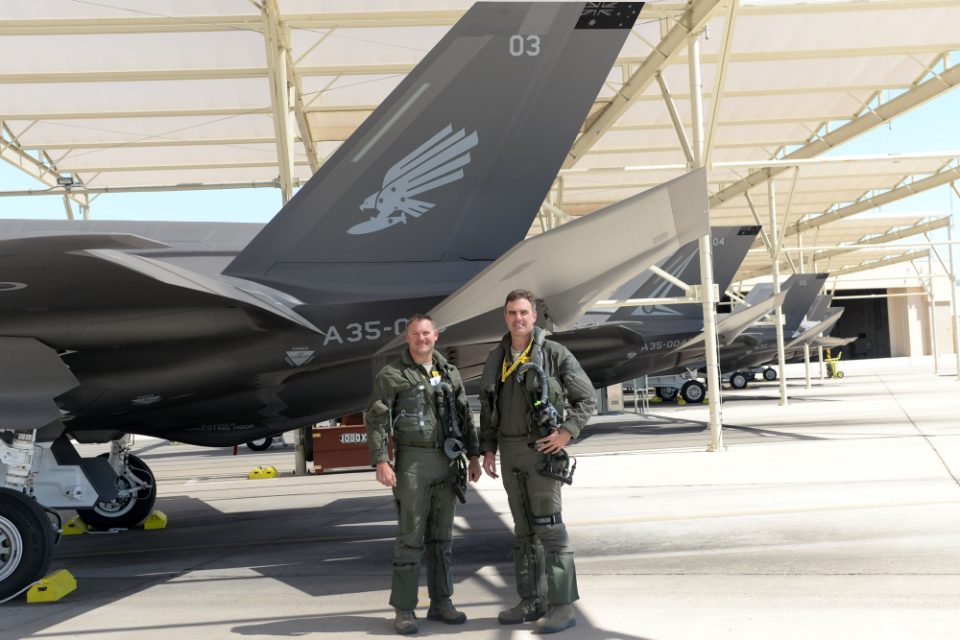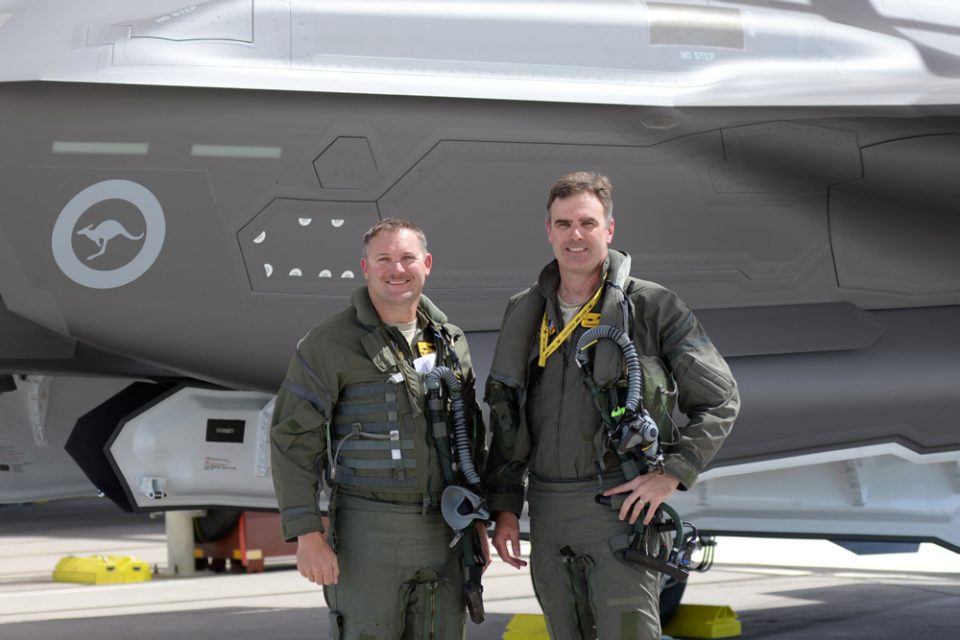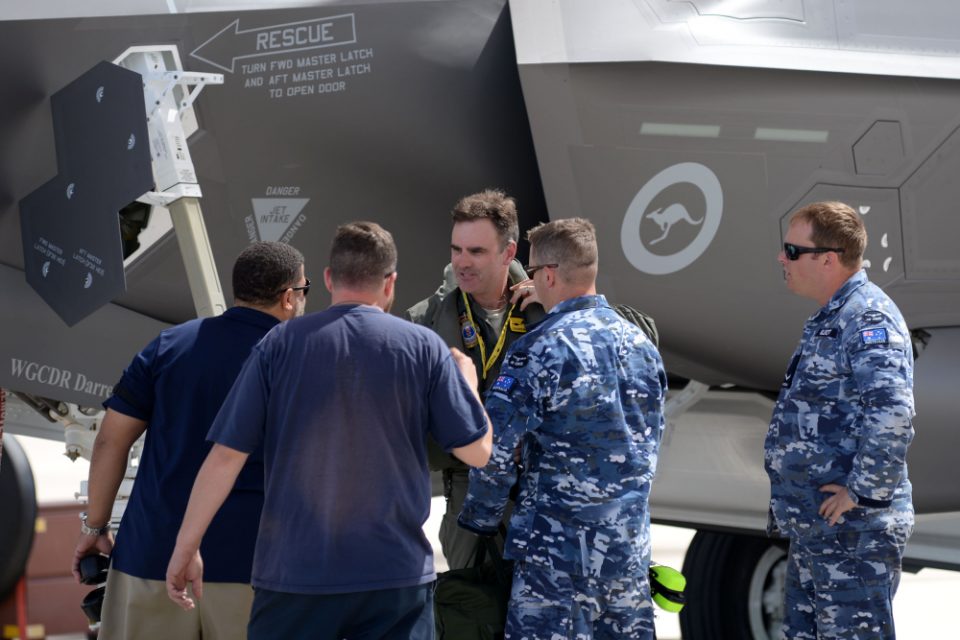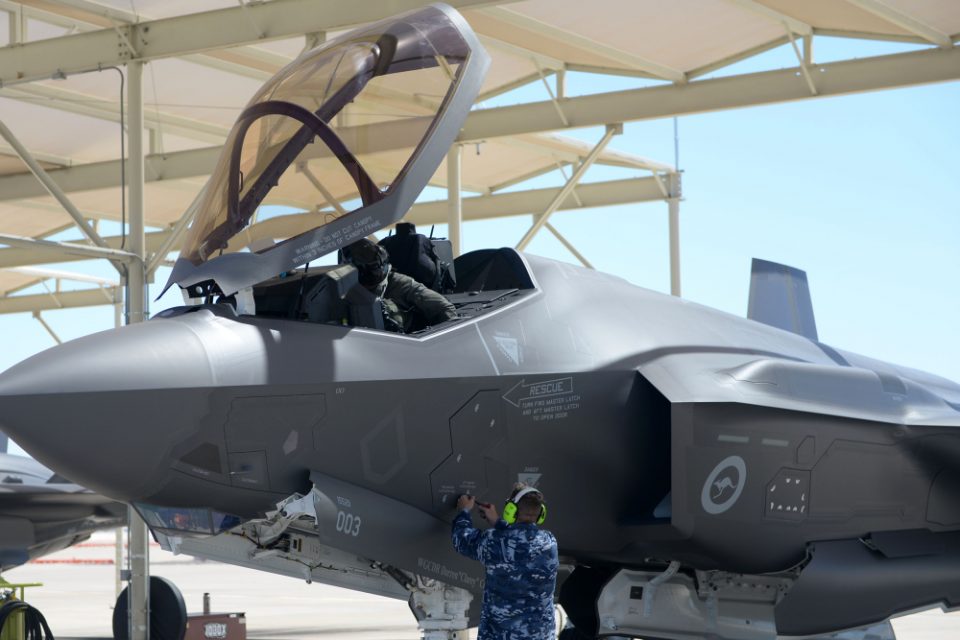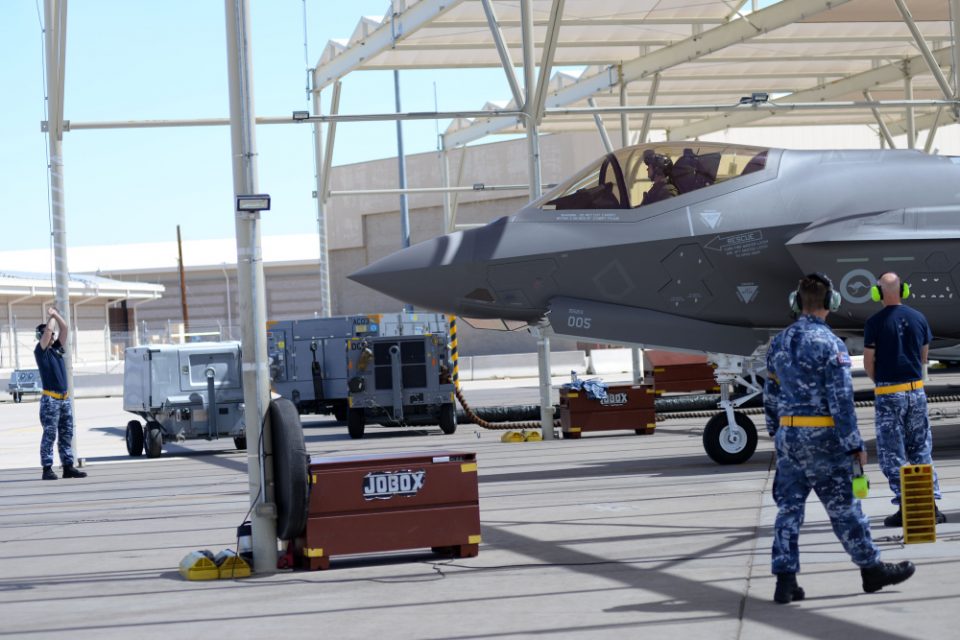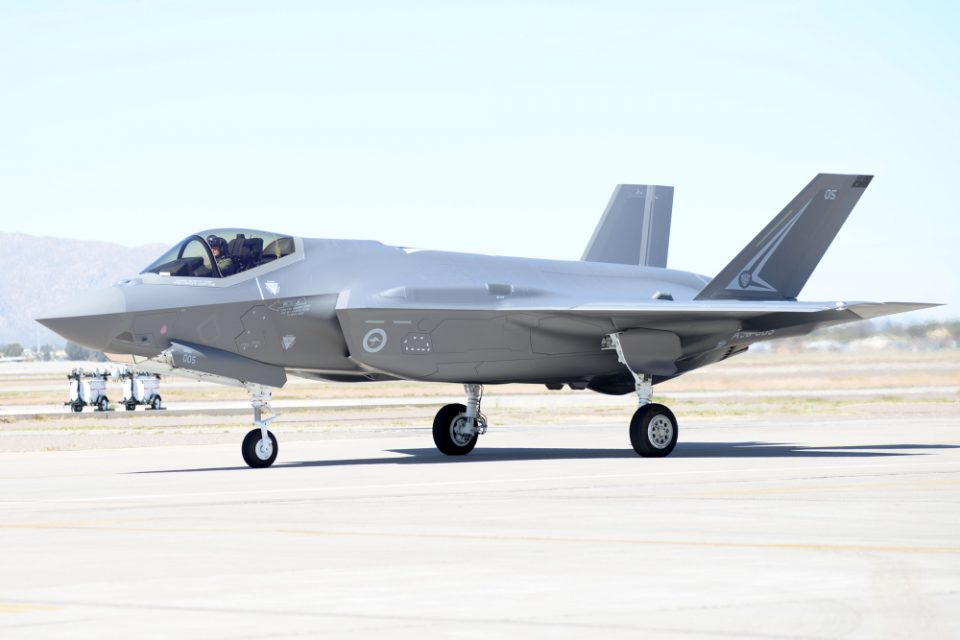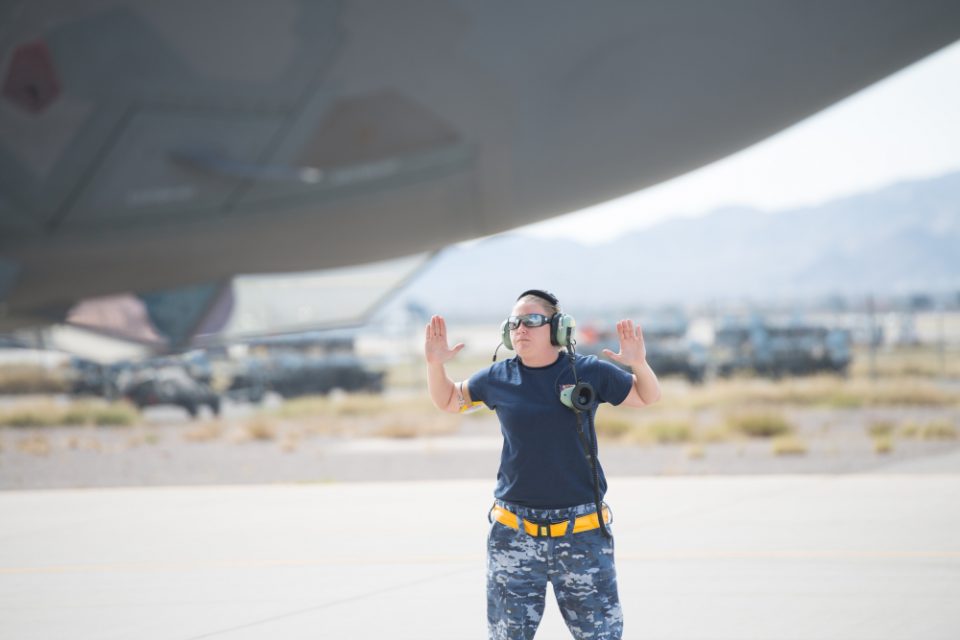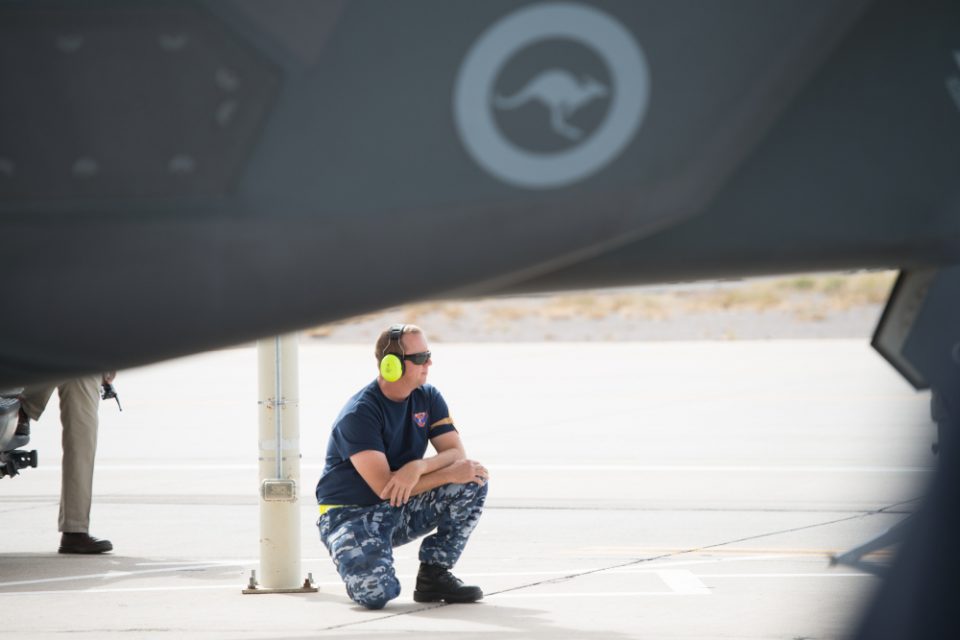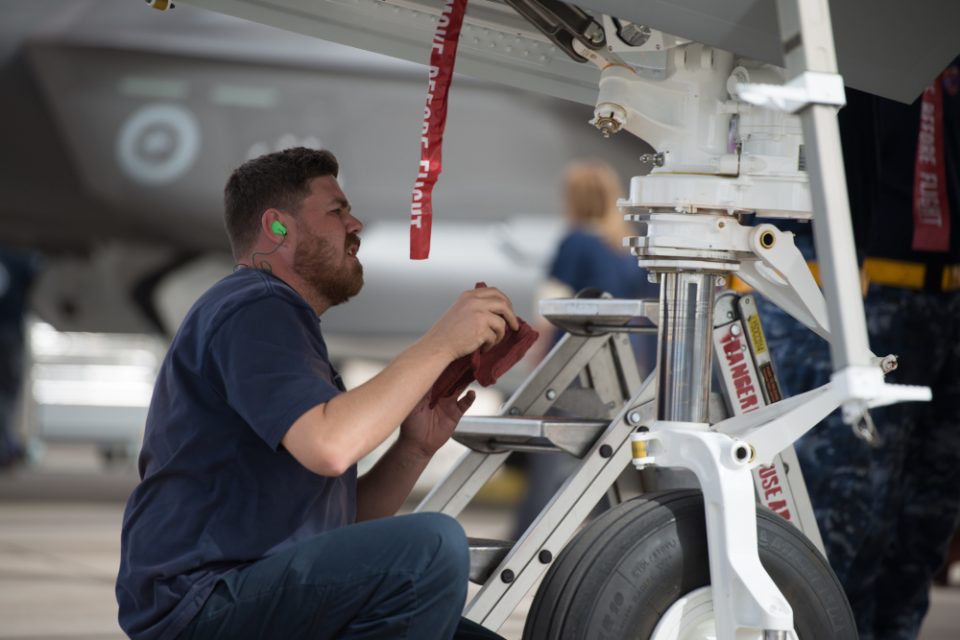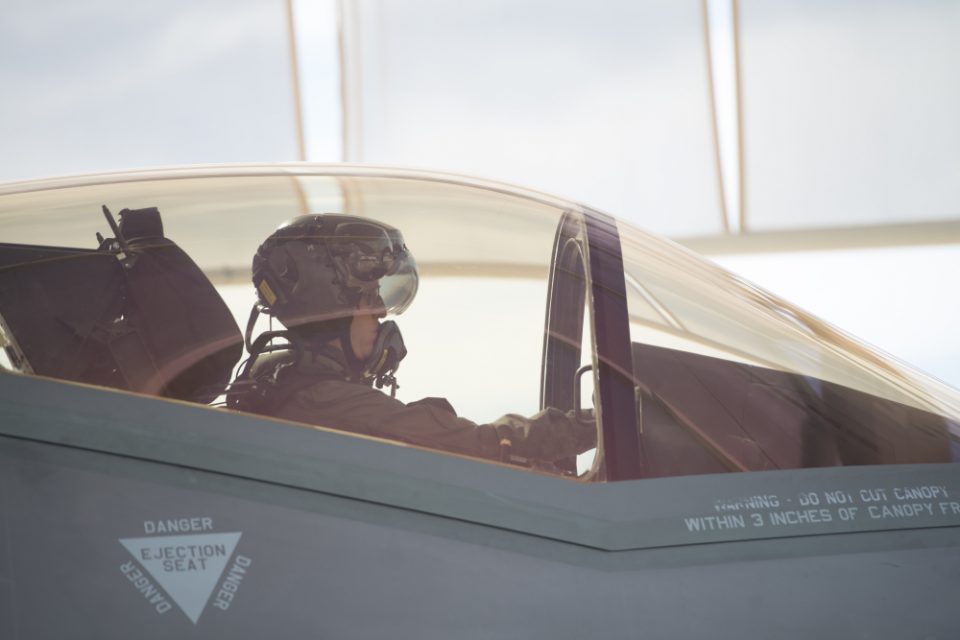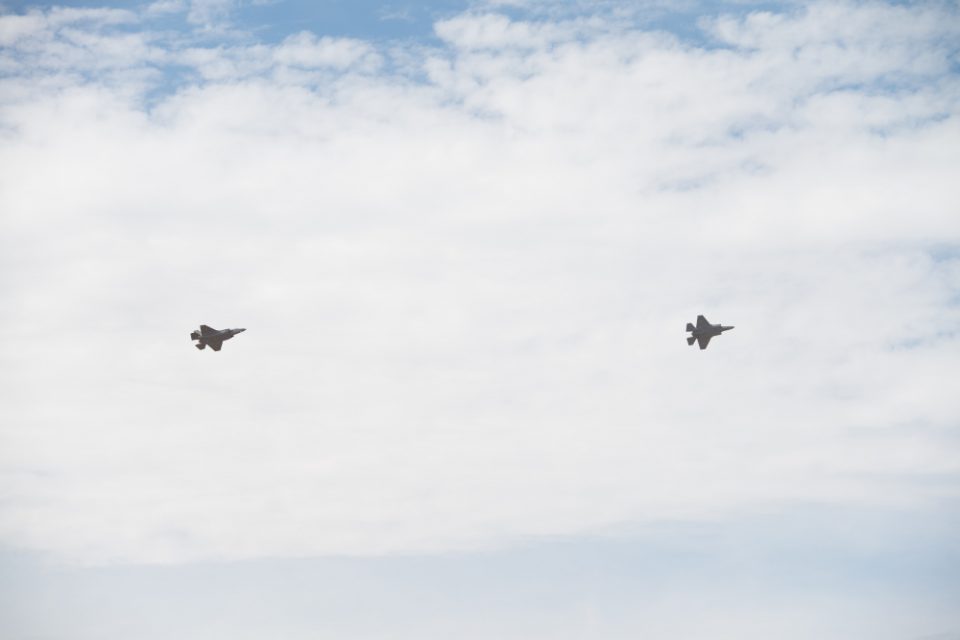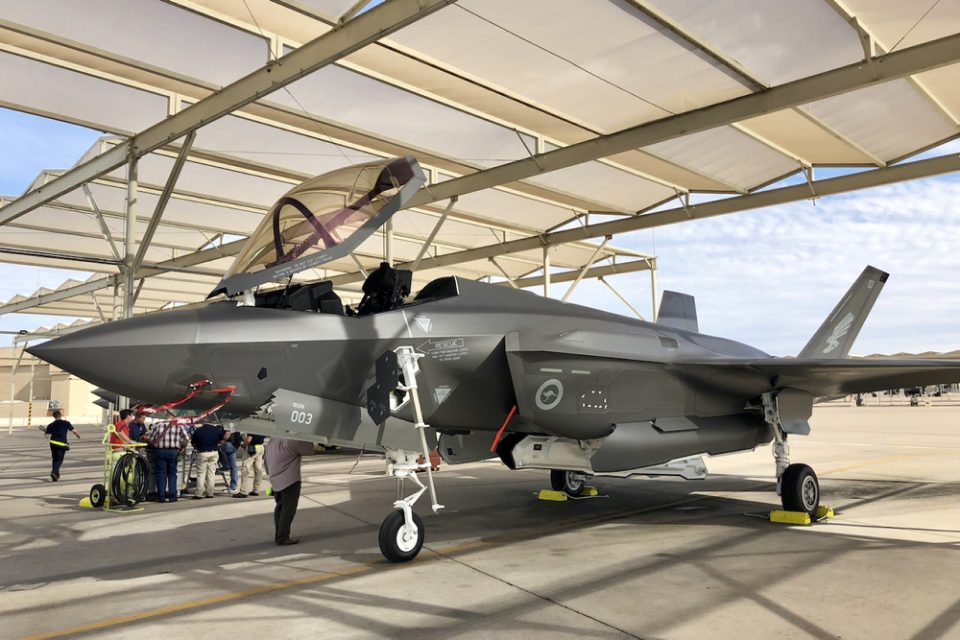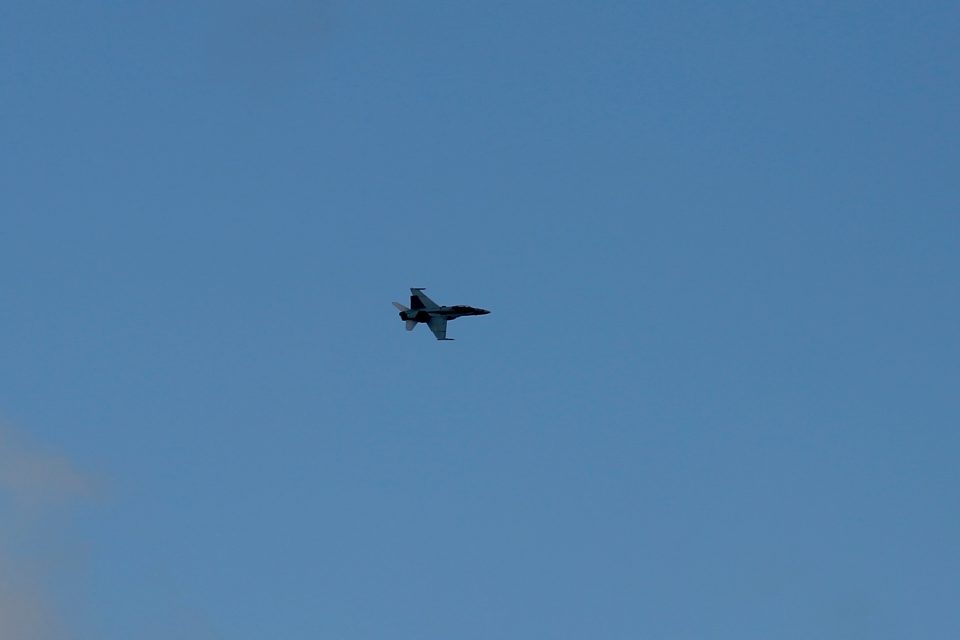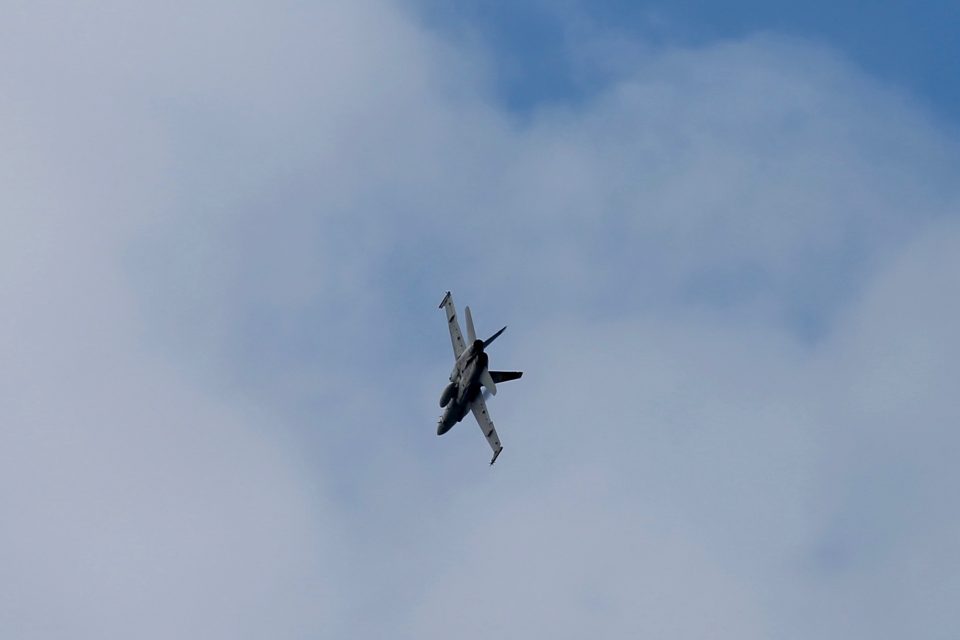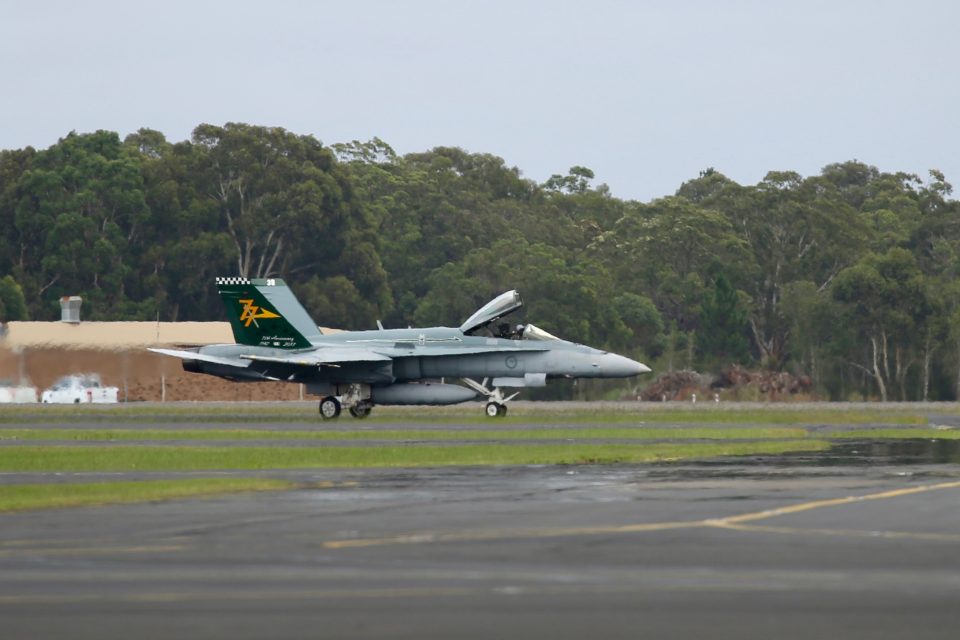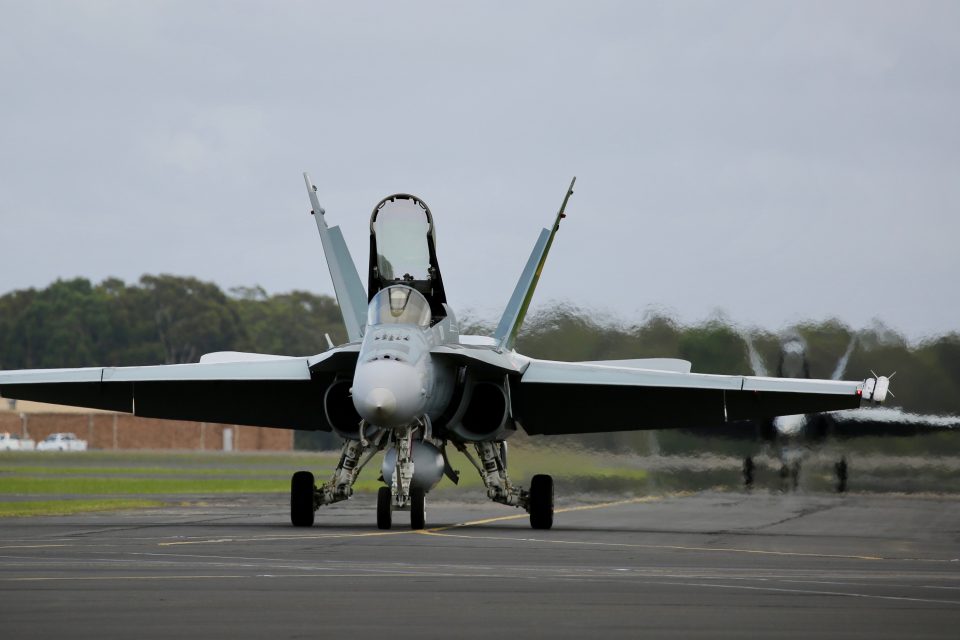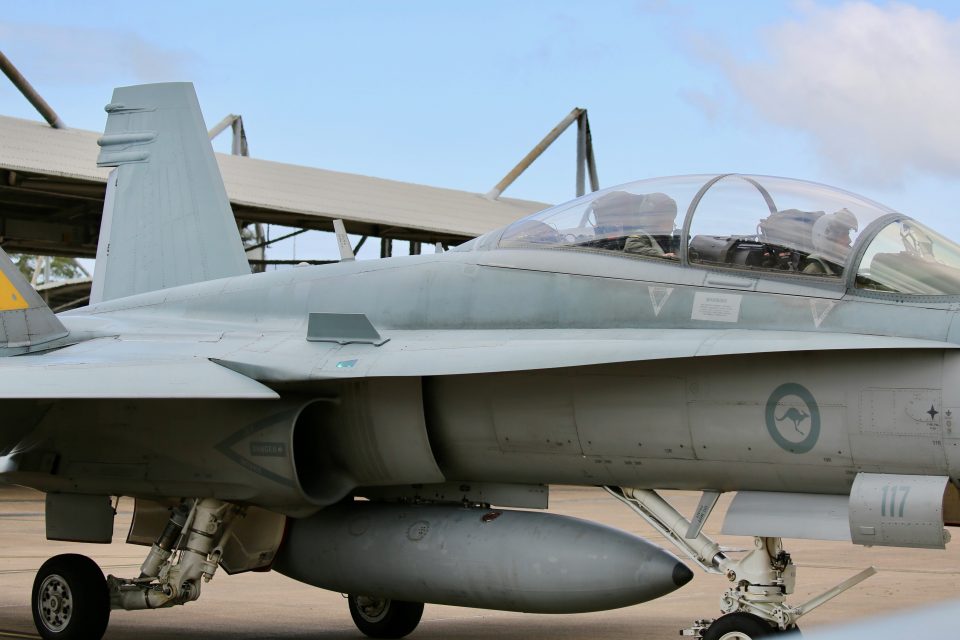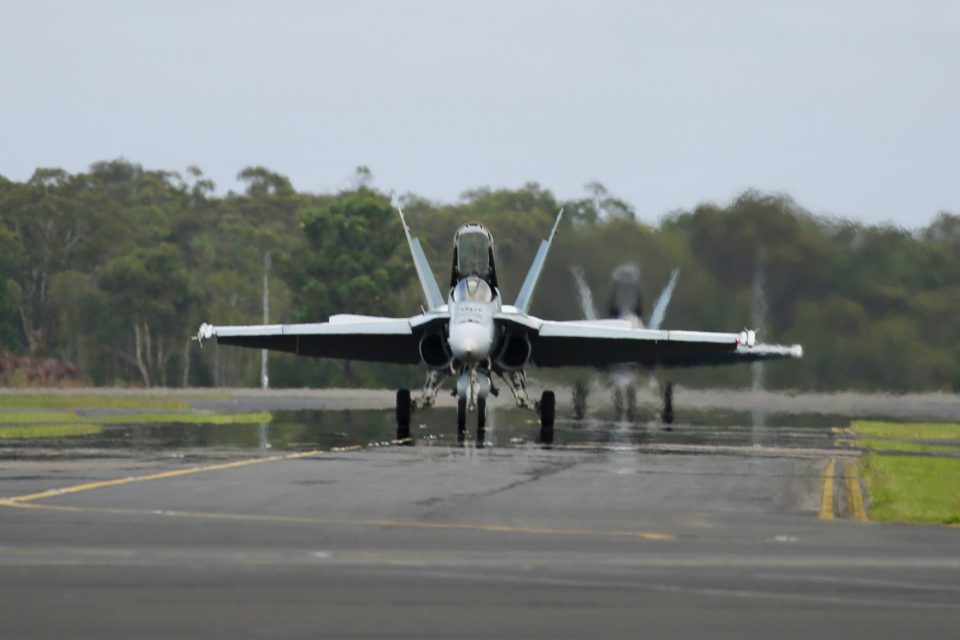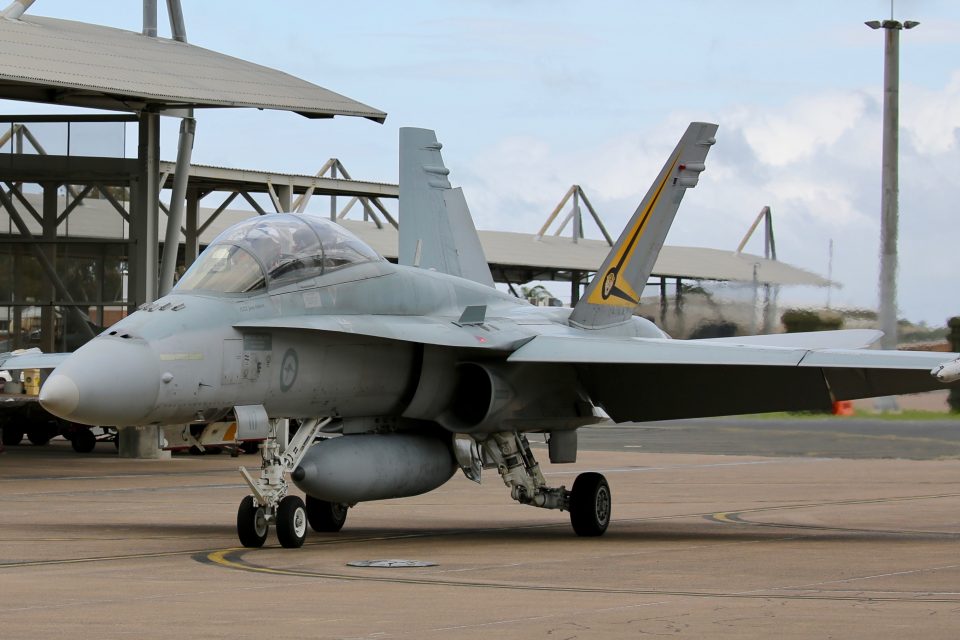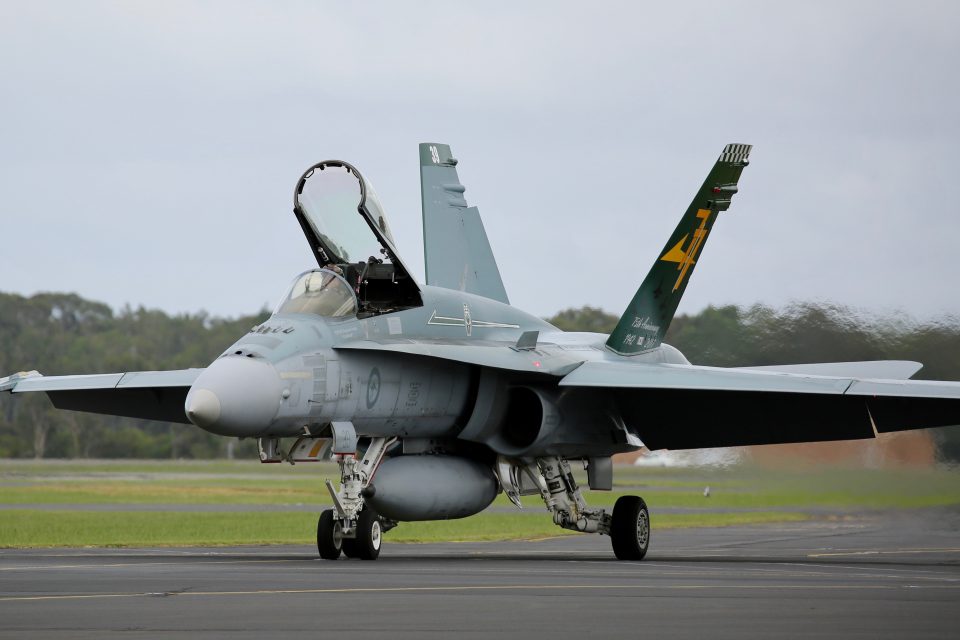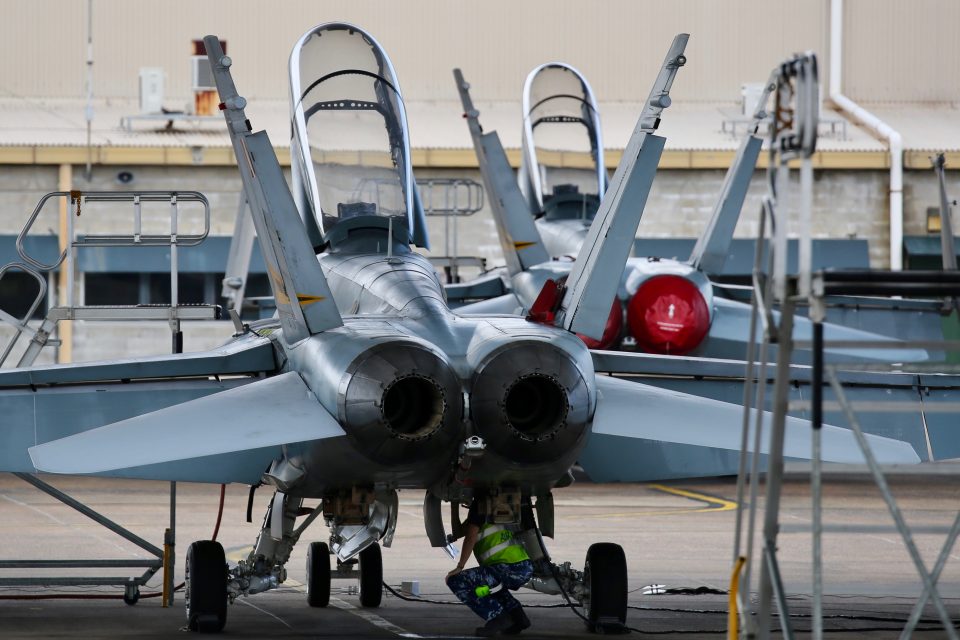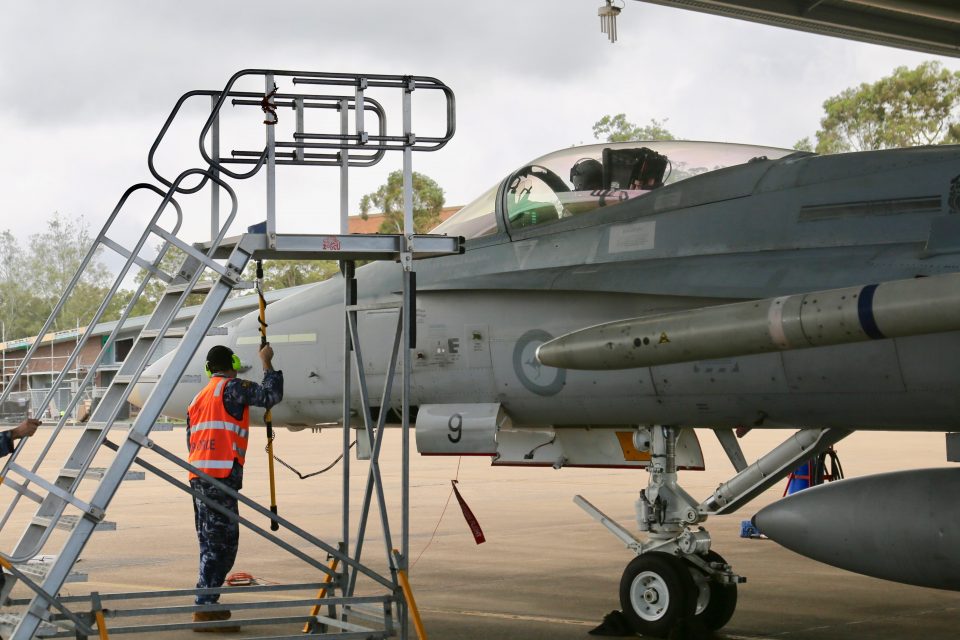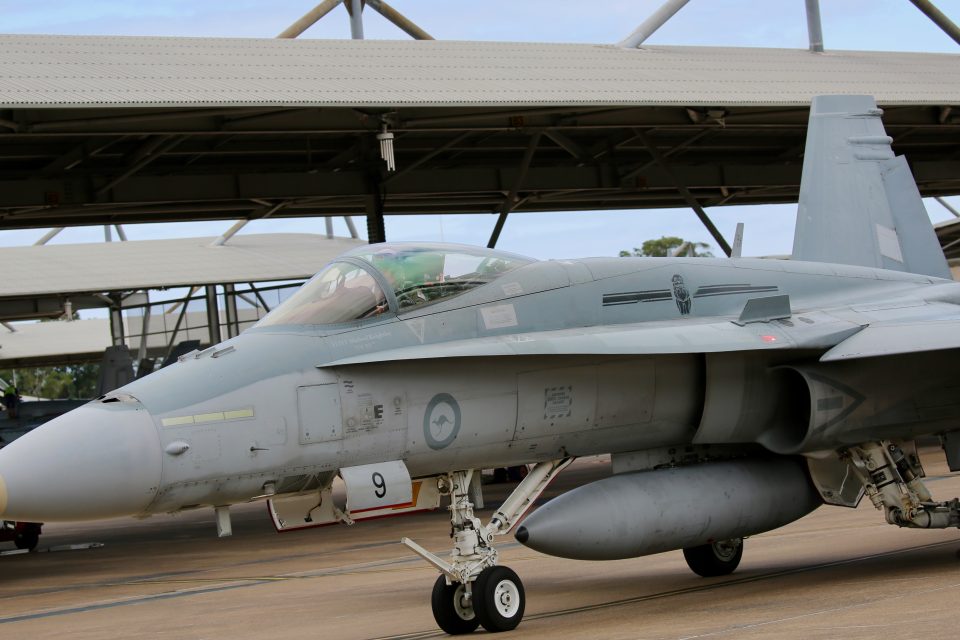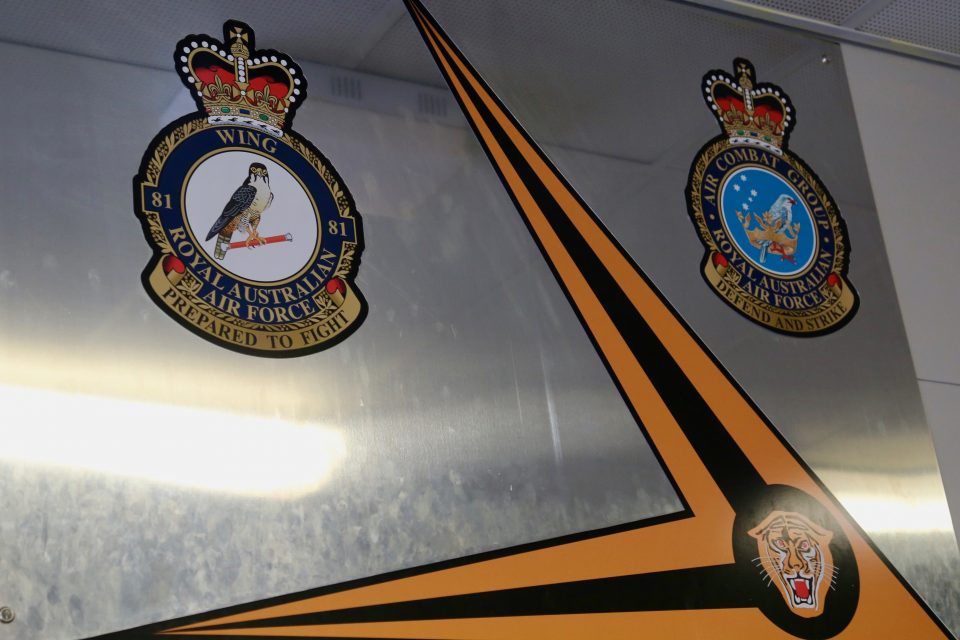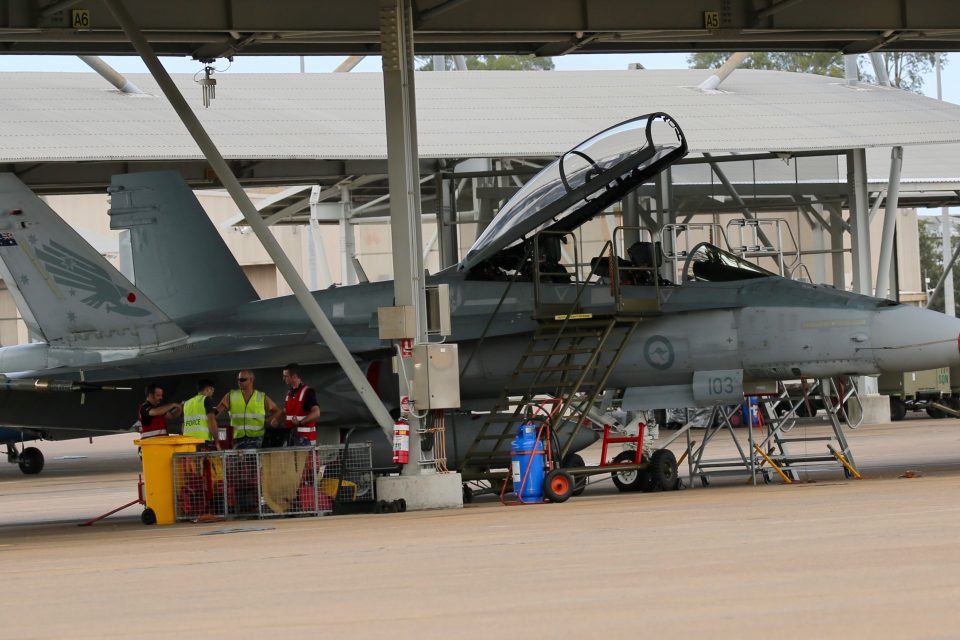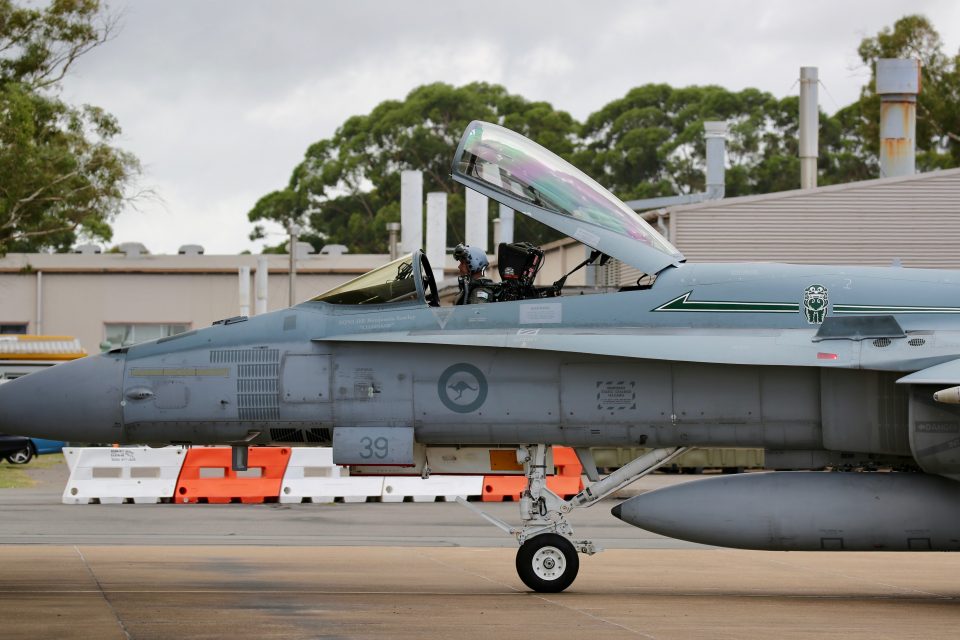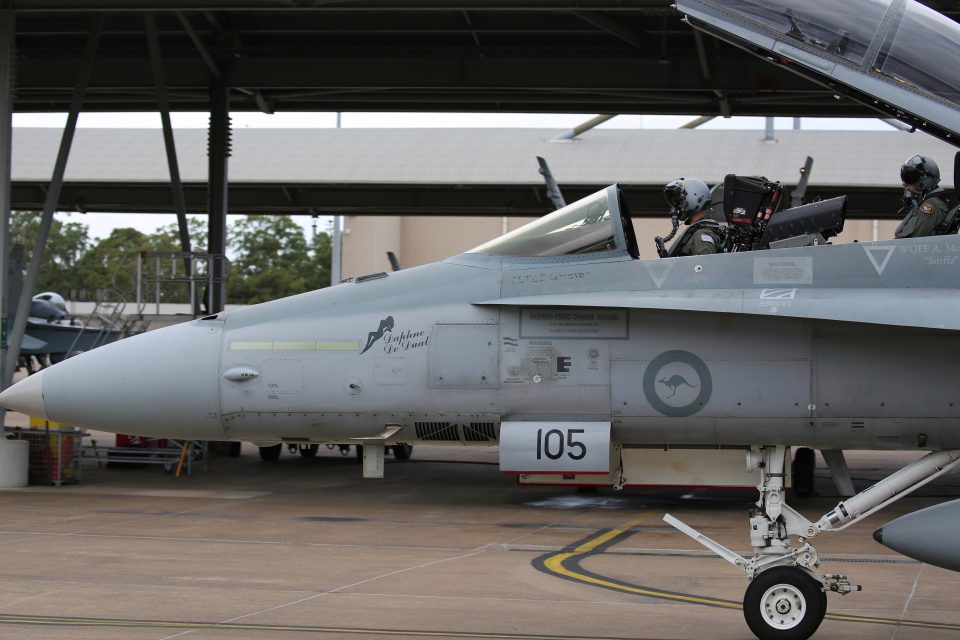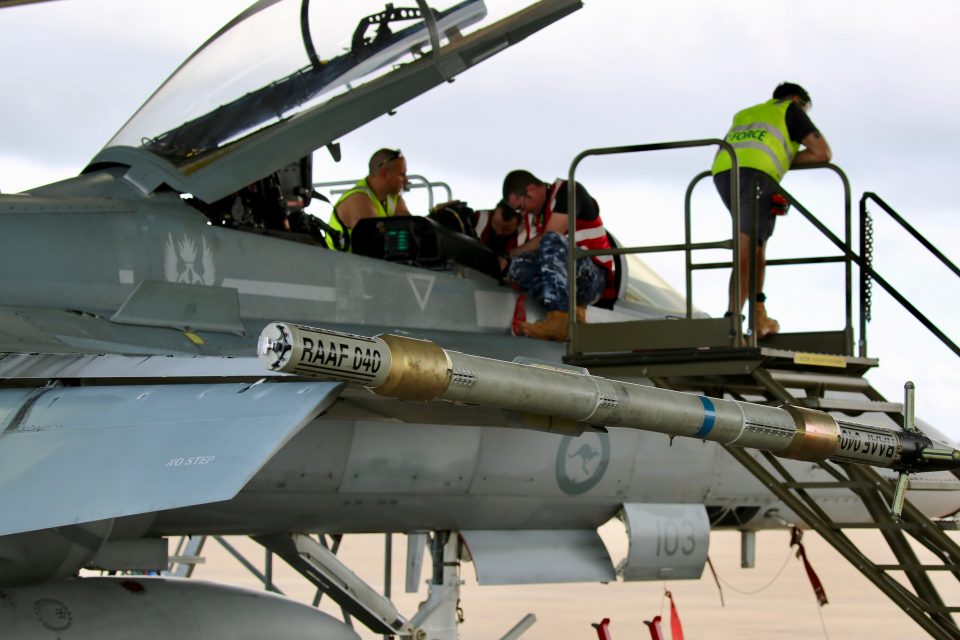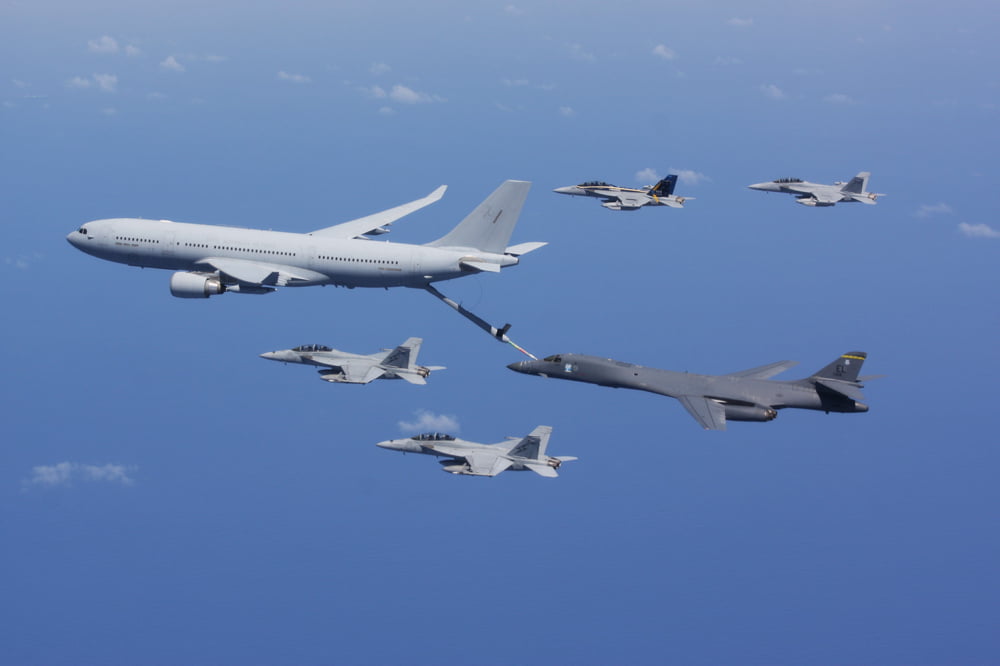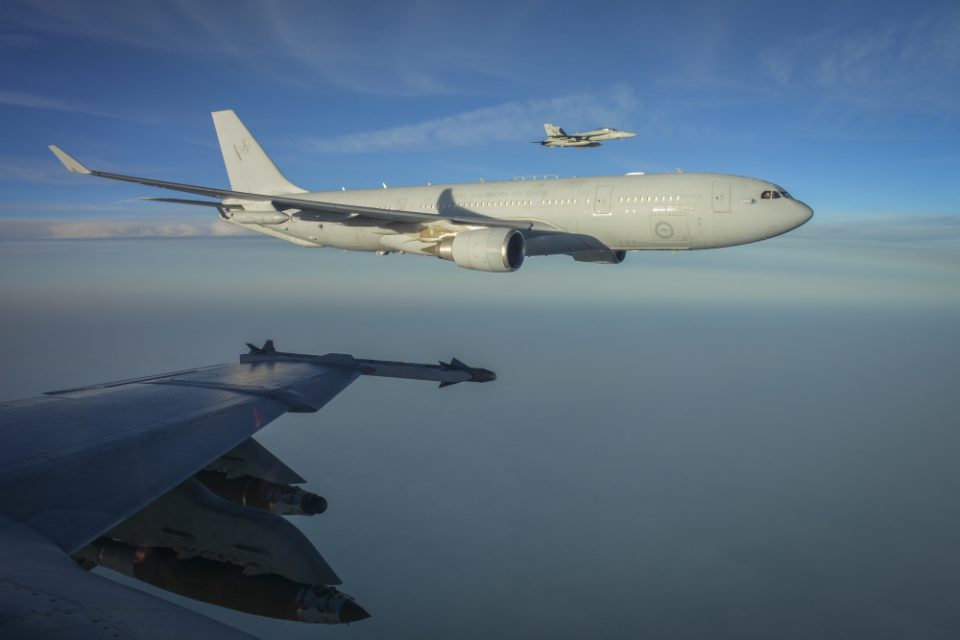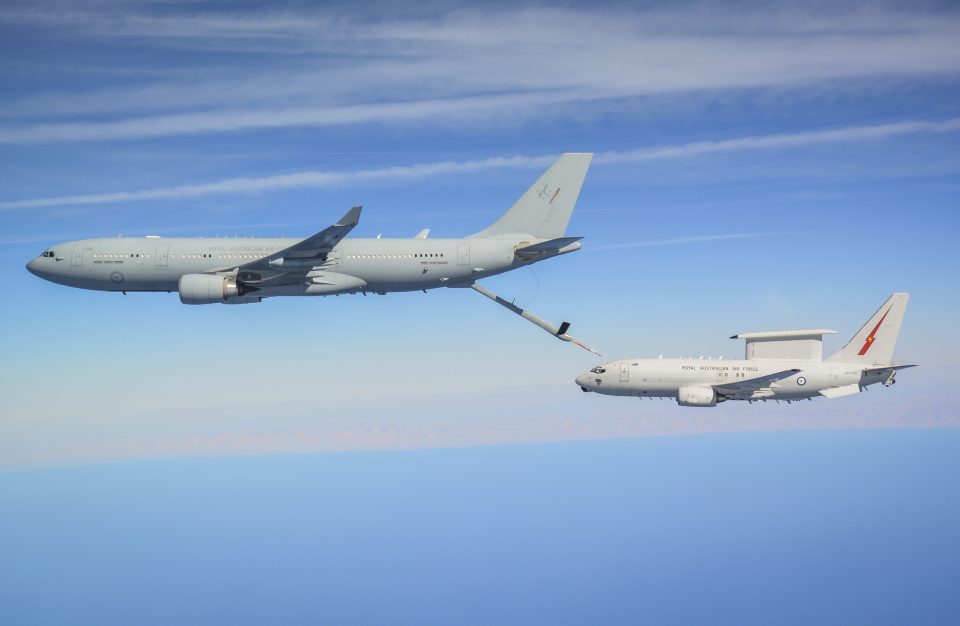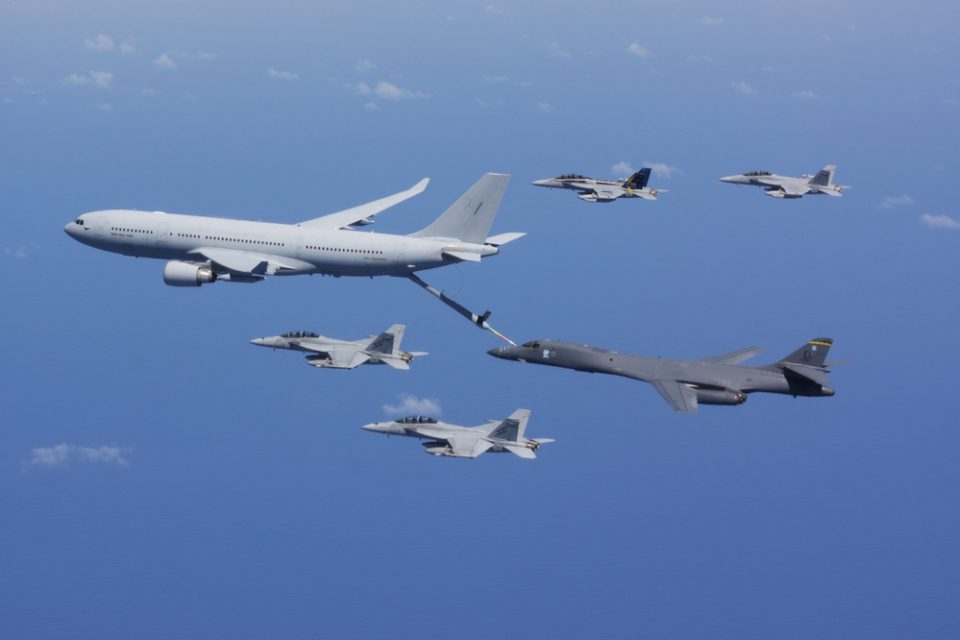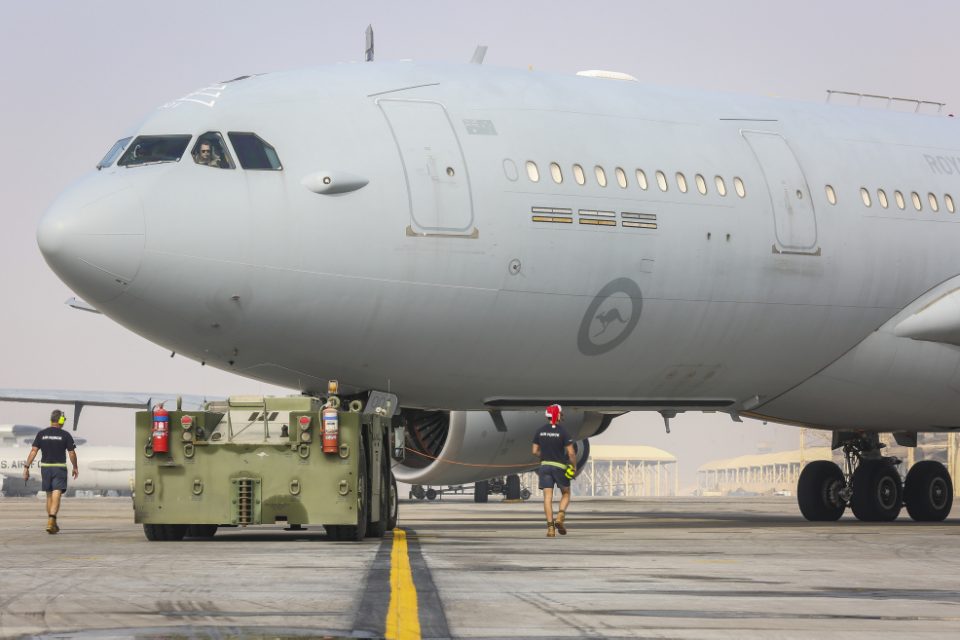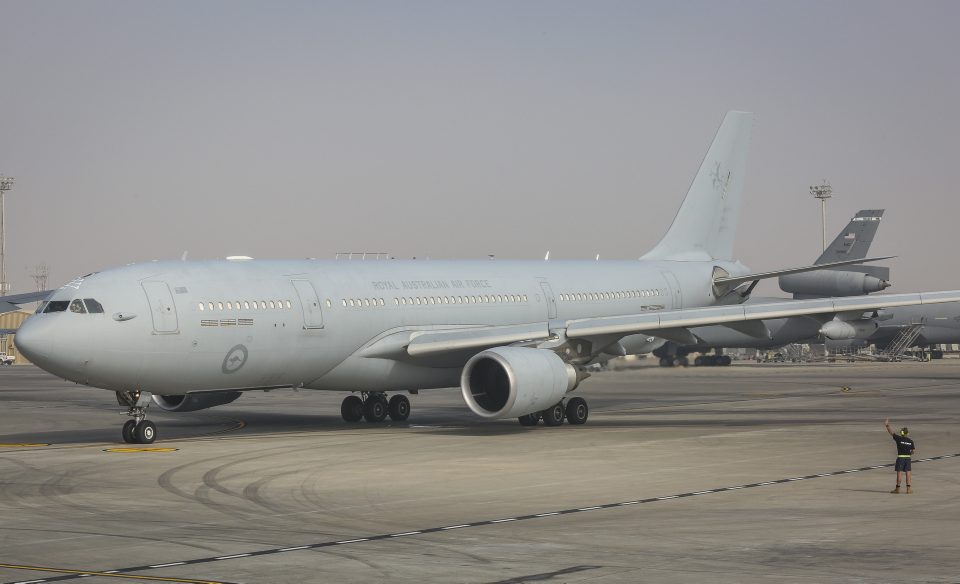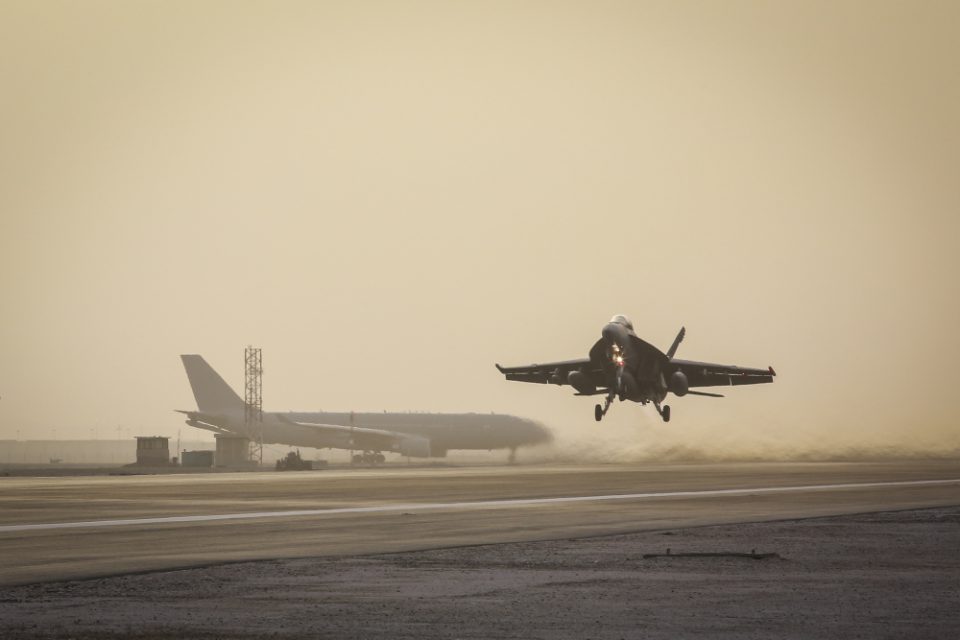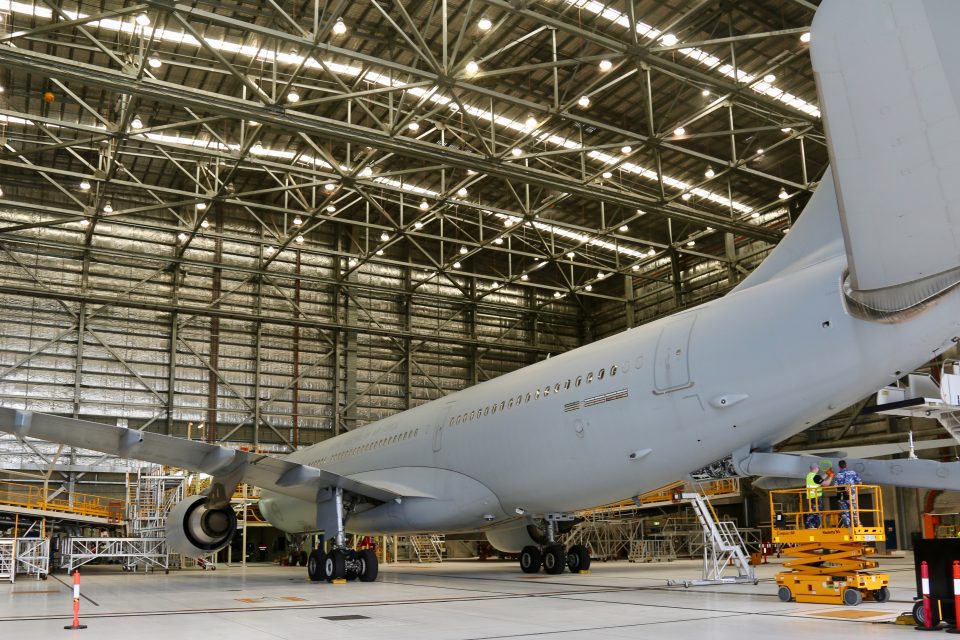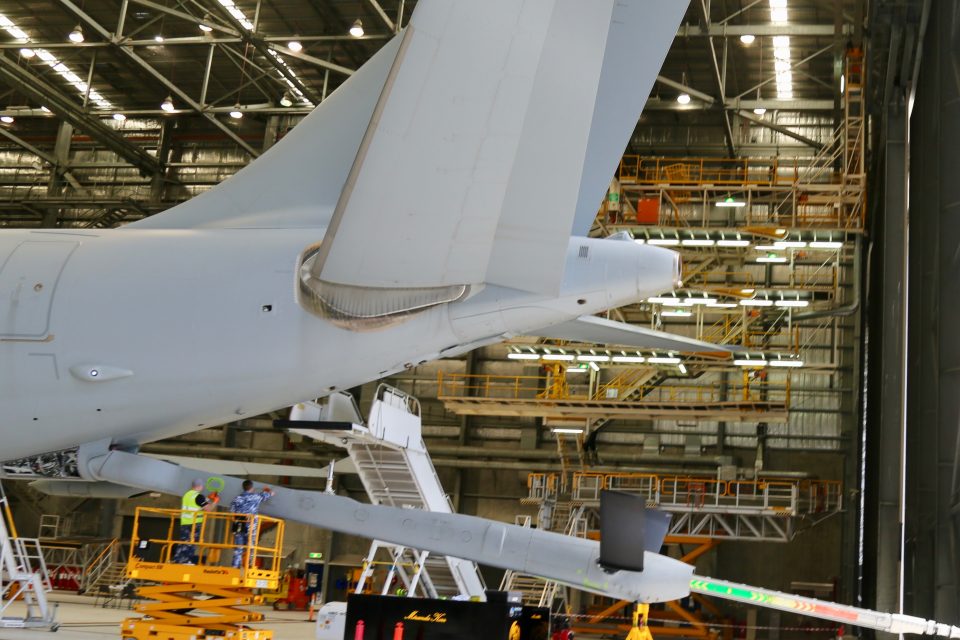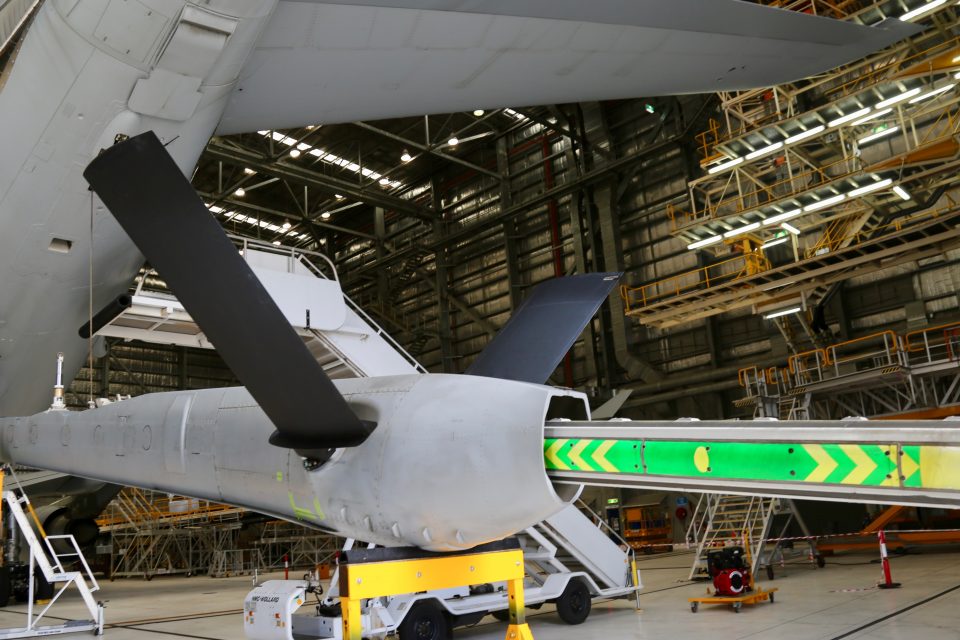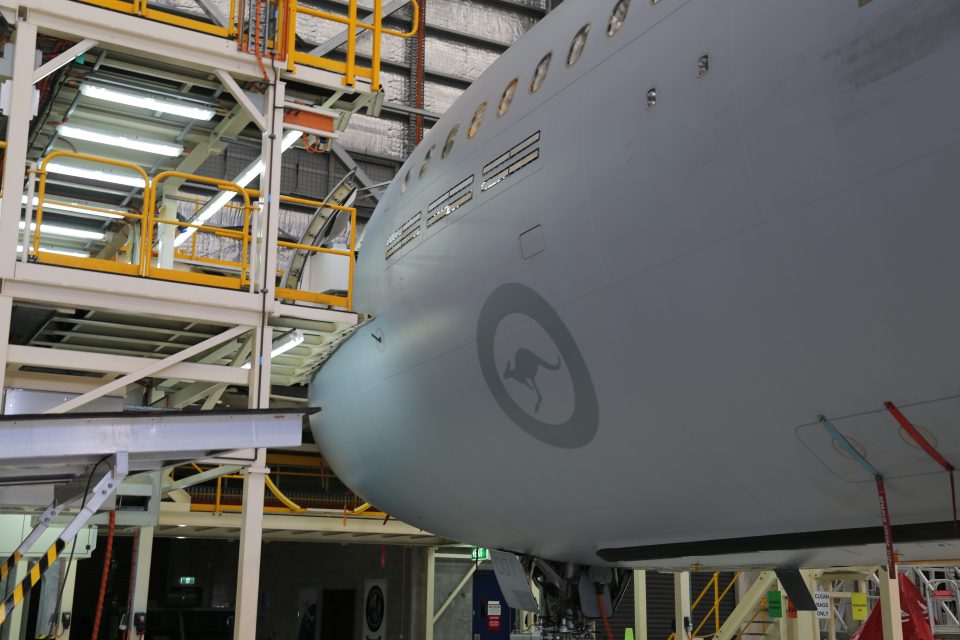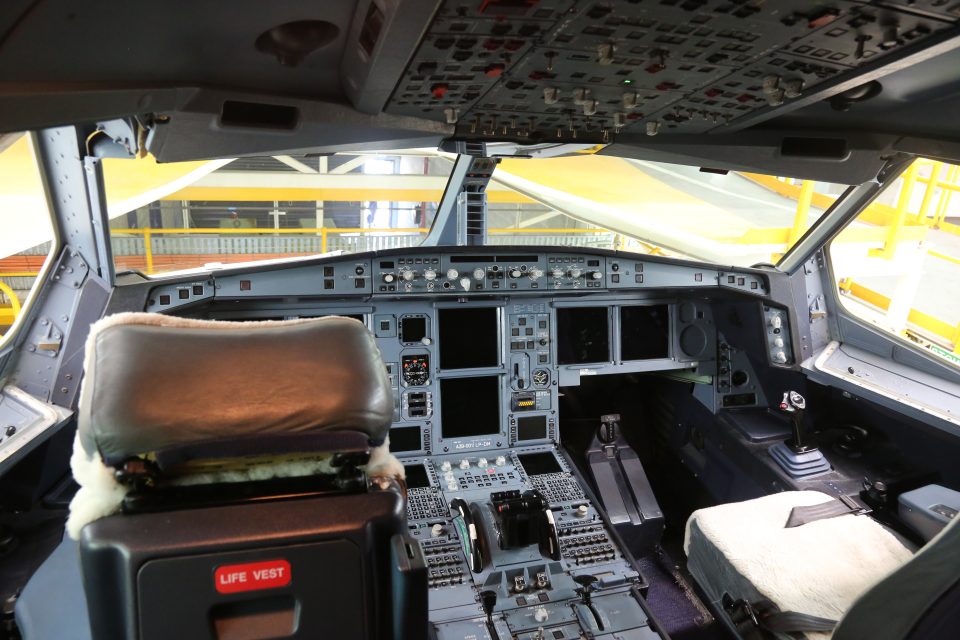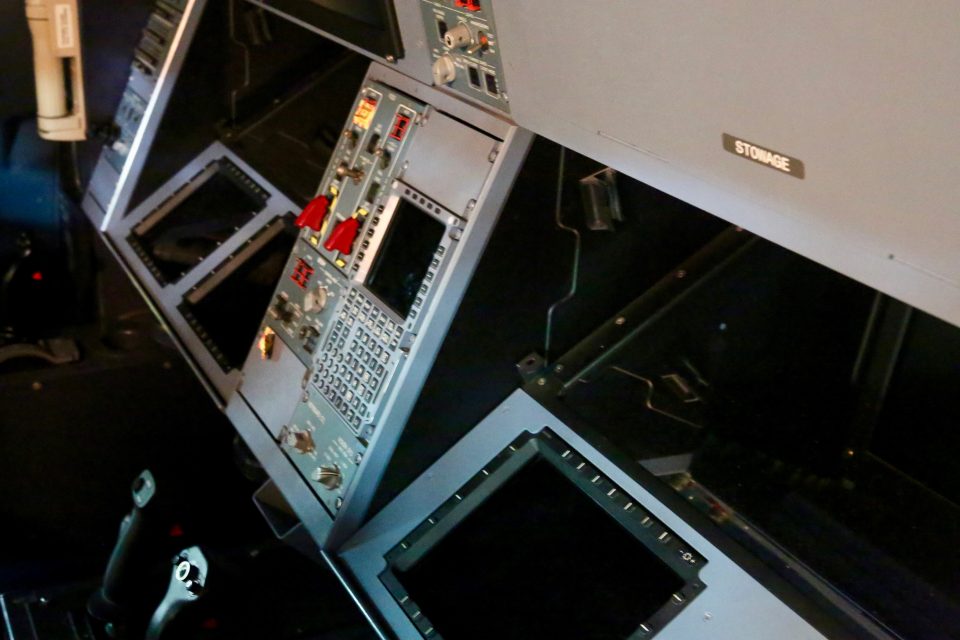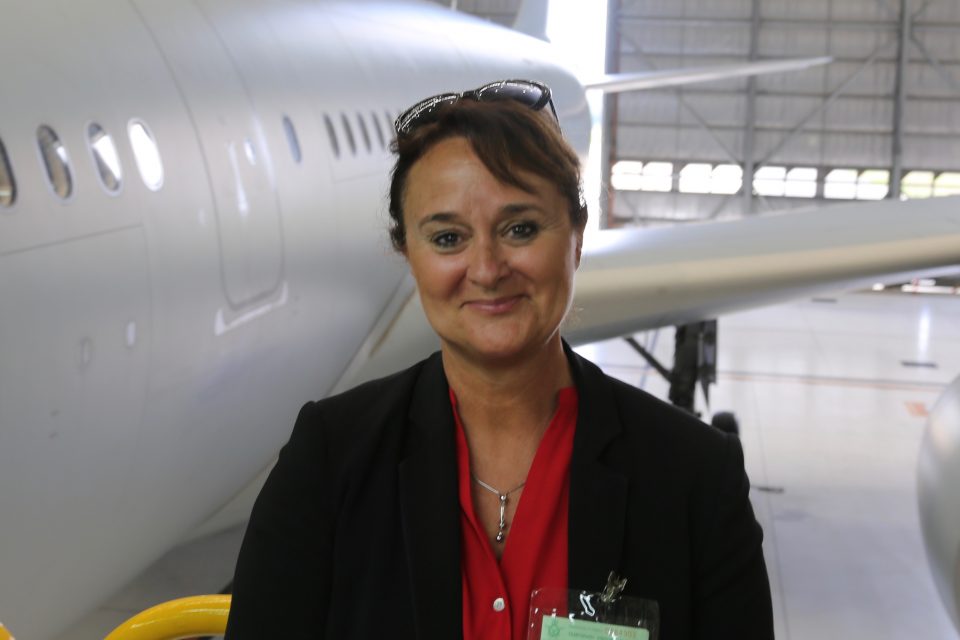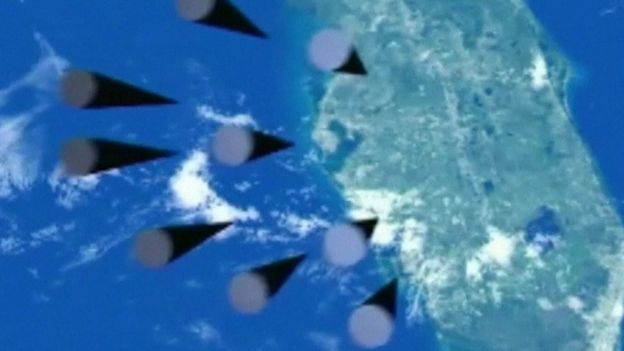Interview with Paul Bracken
In February, the U.S. Department of Defense released the 2018 Nuclear Posture Review, a report that outlines the state of the nation’s arsenal of nuclear weapons and the threats it faces from other nuclear powers, as well as recommending policies and strategies for the future of the nuclear force.
In his preface to the report, Secretary of Defense James Mattis notes that since the last Nuclear Posture Review, released in 2010, the strategic environment has changed, with North Korea provoking the international community and Russia and China modernizing their weapons and taking increasingly aggressive actions with their conventional forces.
“We must look reality in the eye and see the world as it is, not as we wish it to be,” Mattis writes.
“This NPR reflects the current, pragmatic assessment of the threats we face and the uncertainties regarding the future security environment.”
Yale SOM’s Paul Bracken, an expert in business and defense strategy and the author of The Second Nuclear Age, assessed the Nuclear Posture Review in a recent article.
Among the themes of the document, he writes, is an acknowledgement of a return to “great power rivalries” with Russia and China after 15 years in which U.S. foreign policy was dominated by counterterrorism.
He adds that the document is intended to signal Russia and China that the U.S. will counter their modernization efforts by replacing existing weapons, but will refrain, for now, from prompting a new arms race by creating new weapons.
“There is no mention in the Review of new weapons or new capabilities,” Bracken writes.
“The United States will replace weapons in its arsenal with those that have the same essential features. At a time when technology is disrupting the entire industrial and business universe, and where the United States leads the world in such innovation, this is a noticeable omission.”
Yale Insights talked with Bracken about the Nuclear Posture Review and the consequences of the rivalry with Russia and China—for U.S. foreign policy and for businesses operating in a world that is increasingly globalized and increasingly contentious.
Q: What is the Nuclear Posture Review? What’s important about the most recent review, which was released in February?
Paul Bracken: The Nuclear Posture Revue is a congressionally requested report on the status of the U.S. nuclear forces’ arsenal, which would be the bombers, the long-range missiles, the submarine force, and any other nuclear weapons that we have.
And the questions it poses are, Are we keeping around what we need to keep around? Can we get rid of certain things? Has the world changed so that we want to adjust the arsenal in some way?
It hasn’t been around very long.
This is the third one.
In 2002, the Bush administration put out a very hawkish report. I believe the term arms control was never mentioned once.
In 2010, the Obama administration kind of retaliated, if I may use the word, and put a very dovish plan out there that said we should get rid of nuclear weapons.
And this one, I would say, is important because it adjusts for the new realities of the 21st century.
The environment is changing, and a government report finally catches up.
Q: What’s new about the approach in the newest report?
Paul Bracken: This one, to me, has no ideological elements in it, which is a curious circumstance given who our president is now.
The people who did this thoughtfully deliberated, and they recognized the fundamental problem, which is that other major powers—mainly China and Russia, but there could be others, possibly India—have modernized their strategic forces.
And if this goes on and the U.S. does not respond, there could be serious consequences. Not so much at the level of a nuclear war, but it would affect the U.S. ability to negotiate in the Western Pacific and South Asia and in the Middle East.
And if this perception were to grow that the U.S. has not invested money in modernizing its nuclear forces, then these consequences could be serious, and this report is the first one to explore what some of those are.
Q: Who reads these reports? What kind of impact do they have?
Paul Bracken:: It’s a very good question because these have had, traditionally, almost zero impact on the world. Maybe small impacts on budget.
I think this one will be different.
First of all, it’s being read very carefully in Beijing and Moscow, and in other places.
Secondly, it is going to free up a lot of money, which will be invested in a modernization of U.S. nuclear forces.
Now, this is being driven by the political context of the Republicans being in office this time, but I think this one also captures a very important point—a sense in the Pentagon, the intelligence community, and in the American public that we have been focused on counterterrorism and wars in Afghanistan and Iraq, which the American people, and in my opinion, most of the officers in the Pentagon, do not understand.
Not even that we’re winning or losing, they just don’t understand why we are there. And that Russia and China have been building up their military, and we’ve been focusing on the wrong issues for the past 15 years.
Building democracy in Afghanistan and Iraq. Counterterrorism. Important in some sense, but they’ve let other countries build up and outpace us.
This report catches that theme, and I think that’s much more important than a lot of the bureaucrat-ese.
Q: In your article about the nuclear posture review, you wrote, “By no means does it call for a new nuclear arms race. Actually, it signals restraint. But it adds a critical proviso. Unless restraint is given in return, the United States will be compelled to take more ambitious improvements in its nuclear deterrent posture.”
Paul Bracken: My reading of this report is that it is a signaling device, and what it says is we don’t want to get into a nuclear arms race because it’s wasteful, it’s dangerous, and all sides could spend their money much more usefully on conventional war forces or on economic development.
But we’re not going to look over and not notice some of the things you, Russia, or you, China, are doing.
So if you want to sit down with us and talk, we are prepared to do so, but we will no longer just glide along as if nothing is happening.
Q: What would more ambitious improvements look like?
Are we talking new types of weapons?
Paul Bracken: A subtext of the document is that we are in the midst of a technological military revolution, and this comes from the digital technologies finally coming into the armed forces.
Many new weapons, many new capabilities.
There’s more innovation in defense today than at any time since the early 1950s at the very start of the Cold War.
And so what I think this document is really threatening isn’t that we’re going to build more nuclear missiles or nuclear submarines.
What it’s saying is, we’re going to unleash American innovation, and we would prefer not to do that. Our response to you isn’t to build more missiles.
We will honor all of our arms control agreements, but we will build new capabilities that will potentially open up a new arms race with unknown consequences.
It’s like Pandora’s box, this new technology, because the new digital technologies spill over into the nuclear balance.
Q: I’m trying to picture what that would look like.
Paul Bracken: I’m going to give you a couple of concrete examples, okay?
There’s a term you hear in business schools all the time now: big data. There’s all these huge amounts of data that are out there, and companies are finally trying to figure out, how can we use it?
Well, you could use that data to track enemy weapons.
For the past 25 years, people thought that the most invulnerable, survivable kind of nuclear weapons were mobile nuclear weapons. Basically you put a nuclear weapon, a nuclear missile, on a truck or some sort of a mobile launcher.
Now, if we were to listen into the telephone conversations of the crews, which in some cases can mount into the hundreds of individuals, if we had acoustic sensors that could track these systems around, or take pictures of them with spies using cellphones, we could track those.
The presumption of the past 70 years, that a first-strike nuclear attack on another force is impossible, now looks like it could be upset.
That could be destabilizing.
What does that mean?
That means they would take counter-measures, which are dangerous.
They would build more missiles so that they could ensure survivability. This is just one example of many I could give you where the new cyber technologies are spilling over into the strategic balance.
Q: A theme of the NPR is the return of a great power rivalry.
Who are the great powers today?
Paul Bracken: In Washington, and I would say the world agrees, the great powers, the major powers, are seen as the United States, Russia, and China.
There are other big powers. Super economies like Japan, but Japan doesn’t have much of a military. The United States is doing all kinds of deals with India now as a counterbalance to China.
But there’s a recognition that we now live in a multi-polar world.
Q: What are the manifestations of the rivalry beyond nuclear weapons?
Paul Bracken: The other manifestations that we’ve seen so far have been low-level, low-intensity operations.
Let me just give you a couple of these.
One is the construction of islands in the South China Sea by Beijing, which are being turned into military bases.
This is going to make operations for the United States Navy extremely difficult in the Western Pacific.
What does difficult mean?
It means they can be harassed. It means that if there’s an escalation, there could be firing on U.S. ships, and the hope, it is thought, on China’s part, is that they want to coerce the United States Navy out of the Western Pacific as a region where it is too dangerous to operate.
Let’s turn to the other side of the world and give you another example.
The United States was perfectly willing to support paramilitary operations and alliances in the Middle East to try to knock President Assad out of office. The Russians came in and countered the U.S. move.
The fact that the Russians had new kinds of nuclear weapons makes this whole thing a much more dangerous game, so the U.S. is not as willing to do it.
A second example in the western part of the world is the U.S. support for so-called color revolutions, like tacit support for the overthrow of the government of Ukraine in 2014. A horrible government. Pro-Russia. Abused its citizens, but a government nonetheless that was elected by the people of the Ukraine.
Now, we could get into a big debate whether that’s good or bad policy.
My point would be that the strategic balance is influencing something very important, that’s in the central core of the United Nations charter: non-interference in the affairs of another country. I think the United States did interfere in the internal affairs of Ukraine, and effectively Russia. They’re countering with their actions in the 2016 elections.
So these nuclear posture reviews are having immediate political effects.
It isn’t something off in some unimaginable world of nuclear war.
Q: Is it important for the U.S. to signal that it’s not interested in starting an arms race?
Is this reflected in the fact the report does not recommend any new systems?
Paul Bracken: The U.S. would very much like to avoid any repetition of the Cold War, where each side built up truly absurd levels of nuclear weapons, which became completely and utterly unusable and expensive to guard and protect.
No one benefited from this.
Ultimately, we won the Cold War, but it created a world that was extraordinarily dangerous. If 1% of those weapons had gone off, you would have a catastrophe as if you take all the wars of the past 500 years and put them into an afternoon.
This is a clearly undesirable thing.
The United States is trying to signal to Moscow and China we do not want to go down that road again.
Q: How should businesses think about this rivalry?
Paul Bracken: Businesses play a huge part in this.
First of all, the national innovation system of the United States is fundamentally changing because of Defense Department dollars, and the same is true in China with their defense department. All of this emphasis on big data, much of the cyber technology, that comes out of R & D programs of the Pentagon, of the National Security Agency, the CIA.
We saw this in the Cold War with satellites, most of which were presented to the public as peaceful attempt to predict weather.
But these, as we all know now, had many military implications. The investments in big data that are used every time you use the GPS in your car—all of that came out of Defense Department money. And since early 2000s, there’s been a huge spike in investment.
So what businesses need to know about this is that the Pentagon is the mother of all venture capital companies.
A lot of the smartest companies are carefully tracking NSA and DOD investments for new technologies for commercial purposes.
Now, a different impact on business—I would say the most fascinating one to me and one I teach here—is, how do we make good decisions about technology?
Which areas to invest in, which areas not to invest in.
How do we think about the subject of technology management and technology leadership?
One of the biggest gaps in American business education is technology management.
I think we need to develop a lot more case studies of how technology develops and technology management.
We need to think about ways of looking at the future.
Technology scenarios and how they can develop is another thing I’m experimenting with in my courses, and I’m very happy with a lot of the results so far.
In the Department of Defense, they talk about leaders who will make the hard choices, even if it affects them negatively in political or economic terms.
I see a lot of companies that look at the world that way—if it’s a tough choice, that’s why we have senior executives to make that choice.
Let me describe a different way of looking at technology and leadership, and that is, are these the choices that I have really in the first place?
Maybe I don’t have the right choices being presented to me, so anytime I make the hard choice,
I’m missing another choice that no one even presented.
One of the things we’ve learned in technology management is that the band of possibilities of what could happen is usually much larger than what many leaders think, so they should spend more time doing what I call environmental scanning—finding out what other people are doing.
When it comes to a big technology investment, don’t automatically accept the alternative that somebody gives you. Spend a lot more time asking yourself, are these really the alternatives?
Are there better ones out there that my staff hasn’t simply noticed?
Q: During the Cold War if you were IBM or some other American company, you basically didn’t really operate in the Soviet Union.
Today a U.S. company could be operating in China or vice versa.
Paul Bracken: Another important area is the national security implications of these high tech companies like Tencent or Alibaba in China, or their counterparts here in the United States.
There’s nothing today to prevent a company in China from buying a Silicon Valley company. And you don’t have to go in and actually take the technology.
A better way may be to take the engineers, and have them work for you in Singapore. Or, just send the information they gather back to Beijing, all perfectly legal today. How a company compartments sensitive information inside of it is something we’re seeing become much more important in business.
A high tech company in the United States, if they’re operating in China, they’re not going to have this open attitude where all employees share information because they know they’re going to lose their intellectual property.
In many ways the multinational companies are between a rock and a hard place, because if they give away sensitive information in China, they have all kinds of problems in the United States.
On the other hand, if they don’t give it away in China, then the Chinese government says, “Well, you can’t operate here.
“We just happen to be the biggest market in the world, with many of the best artificial intelligence engineers and quantum computing experts.”
Q: With these companies that are operating in so many countries, does that have any impact on how the Pentagon is able to do its job?
Are they exerting an influence on foreign policy?
Paul Bracken: One could try to get the United States government to change something in a foreign country. But the tradition in the United States is that we will not do that. China has a very different tradition.
It is just learning this game, but in China, they really will and have lobbied Congress below the radar to get changes in some of our laws.
Just think of the espionage consequences of this. It almost makes corporate employees more lucrative targets than somebody working for the enemy’s government, or their army, or their intelligence service.
The real secrets in technology are in the private sector, probably in China as they are in the United States, so I think we’d have to be naïve if we didn’t think the intelligence services around the world are really looking at multinational companies and technology companies in all kinds of ways.
And Edward Snowden’s revelations a few years ago I think give credence to that view.
It’s a very interesting world out there.
Republished with the permission of the author.
Editor’s Note: The graphic above was displayed during a recent speech by President Putin, announcing that Russia had acquired new nuclear weapons. This graphic shows incoming warheads about to strike Florida, if one missed the point
And throughout his time in power, Putin has frequently used recourse to the nuclear threat as part of political and diplomatic pressures on states.


